As an English major, I hold a deep affinity for all things literary, but author F. Scott Fitzgerald holds a particularly special place in my heart. The Great Gatsby just may be one of my favorite books of all time, and when I realized Fitzgerald was born and raised in Saint Paul, Minnesota I knew I had to visit the fair city on a bona fide literary pilgrimage. I quickly did some preliminary research, checked in with the Minnesota Historical Society, and made plans for a Gatsby-themed rendezvous.
If you have read any of his work, it is clear Fitzgerald had a fascination for wealth, luxury, and ostentatious homes. The Great Gatsby appropriately captures this obsession when Nick Carraway describes several of the residences in his world:
“Across the courtesy bay the white palaces of fashionable East Egg glittered…” (Fitzgerald 5).
“The one on my right was a colossal affair by any standard– it was a factual imitation of some Hotel de Ville in Normandy…” (Fitzgerald 5).
“Their house was even more elaborate than I expected, a cheerful red-and-white Georgian Colonial mansion, overlooking the bay…” (Fitzgerald 6).
Despite this fascination, Fitzgerald was very much on the outskirts of everything his St. Paul high-society had to offer. While he rubbed elbows with the bigwigs, his family was habitually planted a few rungs down on the hierarchal social ladder. In fact, Fitzgerald’s wealthy grandparents (on his mother’s side) were the only reason his family could “contend” with high society at all, and the Fitzgeralds frequently moved from house to house in pursuit of their version of the “American Dream[1].” This fact very much informs his fiction, and I couldn’t wait to explore the ins and outs of the city that shaped an American classic.
Let the walking tour begin, old sport!
79 Western Avenue
The tour commenced at the Commodore Hotel located in Saint Paul’s famous Cathedral Hill neighborhood. Built in 1920, Scott and Zelda Fitzgerald lived in the Commodore for two different stints, as it provided modern conveniences (there was an in-house dining establishment located downstairs) and easy access to their wealthier friends on Summit Avenue. Notably, Zelda was pregnant with their first and only child—Scottie—during their first stay at the hotel, and their second stay marked the last time the Fitzgeralds lived in Scott’s hometown before packing their bags for New York and eventually Paris. The Commodore is still open to this day and offers both condominium housing and a beautiful restaurant/bar that celebrates the locale’s colorful past and welcomes modern visitors to go back in time and experience the romance of a bygone era.
165 Western Avenue N & 374 Selby Avenue
Next we headed down Western towards Selby Avenue where two modern businesses—Nina’s Coffee Café and W.A. Frost & Co. face one another across the street. While Nina’s has been renovated as a quaint coffee shop and W.A. Frost & Co. has been restored to a fine dining establishment with a killer outdoor patio, in Fitzgerald’s day both buildings housed pharmacies—or, as our tour guide referred to them—“Coke and smoke shops”— where Fitzgerald and his cronies would escape the humdrum routine of daily reality by seeking refuge in cigarettes and, an American favorite, cocaine[2] Coca Cola. Indeed, while he was writing his first novel, This Side of Paradise, Fitzgerald was predictably spotted indulging at either location. Ah, the American Dream.
Notably, Cam and I grabbed coffees at Nina’s after the tour and were in awe of its vibrant historical charm. The café features much of the original brick and woodwork that would have been present in Fitzgerald’s day, and the menu pays homage to the café’s roots with offerings that include “The Gatsby” and “The Fitzgerald.” Nina’s is also part of a larger mall (the Blair Arcade) that celebrates the past with architecture so rich that Daisy Buchanan would certainly swoon.
481 Laurel Avenue
F. Scott Fitzgerald was born on September 24, 1896 while his parents were living in this second floor apartment. It is unclear whether the now-famous author was actually born at this residence or at a nearby hospital; regardless, this is the house baby Scott came home to after entering the world.
In years since, a former University of Minnesota Professor bought and renovated the second floor apartment in a way that paid homage to all-things Fitzgerald. Before his death, the academic was rumored to kindly invite walking tours into his home and gush about the author he loved. If that’s not poetic, I don’t know what is.
514 Holly Avenue
Scott lived with his family on the second story of this quaint blue duplex. Historians speculate it was at this residence that Scott may have started writing the ultimate teenage boy diary which he presumptuously named the Thoughtbook. Fitzgerald’s diary Thoughtbook included numerous observations, memory entries, and lists (including physique/status rankings of both males and females) spanning the years he spent in Saint Paul and Buffalo, New York. Additionally, while living here Scott witnessed a hit-and-run accident that left a lasting impression. The driver—reported to be female—fled the scene and left her victim lying in the street without so much as an inkling of remorse. This scene haunted Fitzgerald for the rest of his life and would come to shape his fiction, as is evidenced by Daisy’s horrific motor-vehicle murder of Myrtle in The Great Gatsby.
509 Holly Avenue
Interestingly, true to their house-hopping habits, the Fitzgerald family lived here for such a brief period of Scott’s childhood that the Saint Paul City Directory does not even list them as former residents of this address. Scott’s diligent documenting practices do offer proof of occupation, however, and this was quite an upgrade from the blue duplex they had previously occupied across the street. Scott’s mother, Mollie [McQuillan] Fitzgerald, hailed from a prominent family, and it is thought that Scott’s immediate family was able to afford the move into this limestone beauty only after a hearty boost from his grandparents’ pocketbook. Fitzgerald matured as “a relatively poor boy in a rich boy’s world” and grew to resent this fact for the rest of his life[3].
578-590 Holly Avenue
Much of the female company young Scott kept enrolled at Backus School for Girls/Oak Hall, and he attended at least one school dance here. Scott and his friends also acted and put on plays here. The Saint Paul Pioneer Press even lauded the young author’s acting skills in the days following his performance, causing Scott to gleefully record, “Enter Success!” in his daily musings.
60 N. Kent Street
In a piece titled “The Most Disgraceful Thing I Ever Did,” (published in Vanity Fair in October, 1923) Fitzgerald admits to interrupting a mass at an unnamed church. Said church was his neighborhood place of worship, Saint John the Evangelist Episcopal Church. Reportedly, Fitzgerald had been out drinking when he realized he was late for mass. To make up for his tardiness he loudly entered the church doors during the middle of the service and made a drunken scene by proclaiming, “Don’t stop for me!” Apparently after all this Fitzgerald didn’t even stay for the rest of the mass and left early, presumably to continue his night on the town.
As if this wasn’t enough, apparently Fitzgerald’s The Beautiful and Damned inspired a reverend at the church, and he consequently authored a cautionary sermon lecturing on the soulless, idle, morally degrading tendencies its characters embodied.
While on our tour I noticed a Little Free Library outside the church, and, in the throes of literary lore, I couldn’t help but stop by and see what kind of book I might discover. Lo and behold in a moment only scripted by fate I came across The F. Scott Fitzgerald Review and immediately proceeded to lose my mind. It was as if the Fitzgerald gods had smiled down upon me: Why thank you, old sport!
25 N. Dale Street
Scott attended Saint Paul Academy, a renowned prep school that initially began as a school for boys in 1900, from 1908-1911. Here he spent his time growing as a writer and experimenting with new types of style and voice. A statue of Fitzgerald as a young boy colors the front steps and celebrates one of the school’s most famous alumni[4].
599 Summit Avenue
The Fitzgeralds relocated to this home in 1918 when Scott wanted nothing more than for his writing career to finally take off. Scott re-wrote his first novel, This Side of Paradise, from a third-floor apartment room during the summer of 1919, desperately hoping Scribner’s would accept his work for publication. Scribner’s finally admitted the reworked novel on September 16, 1919, and, in his elation, Scott was said to have taken to the streets like a wild man, vocally celebrating his victory and proclaiming his progress towards becoming a famous writer to any passerby who would listen. To commemorate this success, the home was named a National Historical Landmark in 1972. What I wouldn’t give to have the privilege of peeking inside and sitting at that desk…
593 Summit Avenue
The Fitzgeralds moved to this address on Summit Avenue in September 1914 when Scott attended Princeton, an institution to which he wasn’t initially admitted but then was later granted acceptance (on his birthday) when he appealed to the admissions team and chastised them for the possibility of potentially denying him from his childhood dream on his birthday. Apparently this pleading tactic worked[5]. Fitzgerald later dubbed Princeton “the pleasantest country club in America” and never actually graduated from the esteemed institution.
513 Summit Avenue
While Fitzgerald never resided at this colorful Victorian residence, several of his cronies did as tenants of Mrs. Porterfield’s boarding house. From here Fitz and his friends would frequent the aforementioned “Coke and Smoke” to talk academics and writing.
516 Summit Avenue
Locally known as the “lemon meringue” house, this residence is notable because another famous author, Sinclair Lewis, briefly lived here in 1917. While historians do not believe Fitzgerald (who lived at 593 Summit Avenue at the time) and Lewis knew one another as neighbors, it is neat to think two famous Minnesotan authors honed their writing chops while living merely a stones throw away from one another.
475 Summit Avenue
Marie Hersey, one of Scott’s many childhood sweethearts, lived in this home throughout Fitzgerald’s tenure in Saint Paul. Marie is said to have made an appearance in Fitzgerald’s aforementioned Thoughtbook where he listed her as one of the best-looking girls on his list of female infatuations.
420 Summit Avenue
In 1904 the famous University Club opened in the Summit Hill neighborhood. Then known as the Saint Paul Club, the elite, members-only association represented much of the exclusive high society Fitzgerald simultaneously found fault with and yet desperately wanted to be part of. Notably, Fitzgerald refers to the University Club in three of his writings: “Winter Dreams,” “The Camel’s Back,” and “A Freeze-Out.”
During his married life he and Zelda attended several social events here, including at least one holiday celebration that involved sleigh bells and horse-drawn carriages. However, the most infamous of said parties was certainly the “Bad Luck Ball” which took place during the early winter of 1922. In an attempt to air his grievances by satirizing the Saint Paul elite, Fitzgerald wrote and published a newspaper for the event titled The Saint Paul Daily Dirge. The publication poked fun at many of the Club’s regulars, and its banner headline read: “Cotillion is Sad Failure: Frightful Orgy at University Club.” You can’t make this stuff up. No wonder Fitzgerald was able to dream up Gatsby’s opulent soirées: His experiences were practically dripping with real-life inspiration!
375 Summit Avenue
While Cochran Park did not exist as an established locale during Fitzgerald’s time in Saint Paul, he would frequently gather with friends at the empty lot that stood in its place during his childhood. Our walking tour ended at this neighborhood gathering place, and our guide signed off by capturing Fitzgerald’s notions of his hometown as portrayed by Nick Carraway, narrator of The Great Gatsby. Critics believe Carraway’s character closely captures and embodies much of Fitzgerald’s character and ideology. As a result, it should not be lost on readers that, while reminiscing about his place of origin, Nick offers the following sentiment:
“That’s my Middle West – not the wheat or the prairies or the lost Swede towns, but the thrilling returning trains of my youth, and the street lamps and sleigh bells in the frosty dark and the shadows of holly wreaths thrown by lighted windows on the snow. I am part of that, a little solemn with the feel of those long winters, a little complacent from growing up in the Carraway house in a city where dwellings are still called through decades by a family’s name” (Fitzgerald 121-122).
Fitzgerald didn’t live in Saint Paul for much of his adult life and favored locations such as New York and Paris in his later years. In fact, at various points he openly critiqued his hometown for its pomposity and the vile, extreme cold that is iconic of Minnesota winters. And yet, in a 1933 letter to Marie Hersey[6] he wrote:
“…in spite of a fifteen year absence, [Saint Paul] is still home to me.”
Saint Paul is still home to me. Clearly something about our Midwestern city resonated with the highly acclaimed author as he was on to bigger and better things.
And yet, not all that glitters is gold.
The Great Gatsby is one of the most widely read novels of all time[7], but notably it didn’t gain true notoriety until after Fitzgerald’s death. Yes, the houses he fantasizes about are big and the parties are grand, but a prominent chorus of lack of fulfillment colors Fitzgerald’s writing and tells a reality that is much darker than the sunny, mansion-lined picture we are initially led to believe. Amidst the glitz and glam that epitomized the roaring 20s Fitzgerald also recognizes something darker and more sinister many didn’t dare vocalize for fear the grand façade would come ceremoniously crashing down.
For evidence, readers need look no further than the infamous Valley of Ashes: This lifestyle led to imminent demise.
Indeed, the social wasteland represented through the Valley of Ashes illustrates that the carefree, frivolous 1920s lifestyle is unsustainable and leads to destructive consequences and inevitable moral decay. In the beginning of the second chapter of The Great Gatsby Fitzgerald painstakingly depicts the hollow wasteland that geographically separates the “Eggs” and New York City. Geography is important here: The Eggs suggest divisions between social class and wealth, and New York City epitomizes the carefree, indulgent, morally loose, and—at times—reckless 1920s lifestyle. Notably, one cannot travel to the city without passing through the Valley of Ashes; Fitzgerald forces his characters to witness this hollow ground before they waste away in the city. He writes,
“This is the valley of ashes—a fantastic farm where ashes grow like wheat into ridges and hills and grotesque gardens; where ashes take the forms of houses and chimneys and rising smoke and, finally, with a transcendent effort, of men who move dimly and already crumbling through the powdery air” (Fitzgerald 23).
Fitzgerald’s description portrays the Valley of Ashes as synonymous with death and crumbling nothingness. Indeed, it is a “fantastic farm where ashes grow like wheat” into the landscape. Typically, we would expect a farm to be full of life, rebirth, and new opportunity, but the Valley of Ashes is exactly the opposite: It is a dumping ground that only breeds more death and decay. Furthermore, we see the residents very much resemble the same “grotesque” characteristics of the environment. Like their lifeless surroundings, these individuals lose their vitality and become transient ghosts who “move dimly” and are “already crumbling through the powdery air.” Fitzgerald showcases a striking reality here: There is a complete loss of humanity. These are, indeed, hollow men. Yet, they are hollow men meant to be recognized, which is fitting for a land that sits squarely between the “Eggs” and the false promise of the “American Dream” that is New York City.
This wasn’t your takeaway when you read the novel in high school, was it?[8]
Despite that fact much of Fitzgerald’s writing is glorified for the frivolous splendor that is so tempting to lose ourselves in, many Gatsby readers ultimately—and ironically—miss the greater point Fitzgerald is striving to illustrate. Yes, the novel explores the grandeur and beauty of “the American Dream,” but, despite the Gatsby-esque houses and lavish lifestyles, this dream was never actually realized.
America could not deliver on its promises.
So the American Dream doesn’t exist? Everything your high school English teacher taught you was a lie?
Not exactly.
As Fitzgerald concludes,
“Gatsby believed in the green light, the orgastic future that year by year recedes before us. It eluded us then, but that’s no matter—tomorrow we will run faster, stretch out our arms farther… And then one fine morning— So we beat on, boats against the current, borne back ceaselessly into the past” (Fitzgerald 218).
The American Dream does, indeed, exist, but certainly not in the way Gatsby envisioned it. Rather, the American Dream is unattainable because we have misunderstood and mis-seen it all along; in the hopes of striving for something greater that is beyond our grasp we have added meaning that was never truly there.
We prize money and status over morality, belief in God, individuality, discovery, and happiness.
We praise modernity and technology over Romantic ideas of transcendence and creativity.
Our dreams are ruined because we resort to crime and materialism to create our happiness, when we should have looking towards the original American dream all along.
Even as a child Fitzgerald—the constant observer—was known for asking people direct questions and telling people honest truths. Perhaps it is unsurprising that his fiction would do the same.
If we do not recognize this truth, then, like Gatsby we, too, will believe in a “green light” that will only lead to disappointment.
If we do not recognize this truth, we, too, will forever be “borne back ceaselessly into the past.”
Was Fitzgerald flawed?
Sure.
Was he misguided at times?
Absolutely.
But there’s a certain rightness in his wrongness that speaks deep truths we may one day realize if only we choose to see them and recognize their veracity.
This is the key to Gatsby’s American Dream.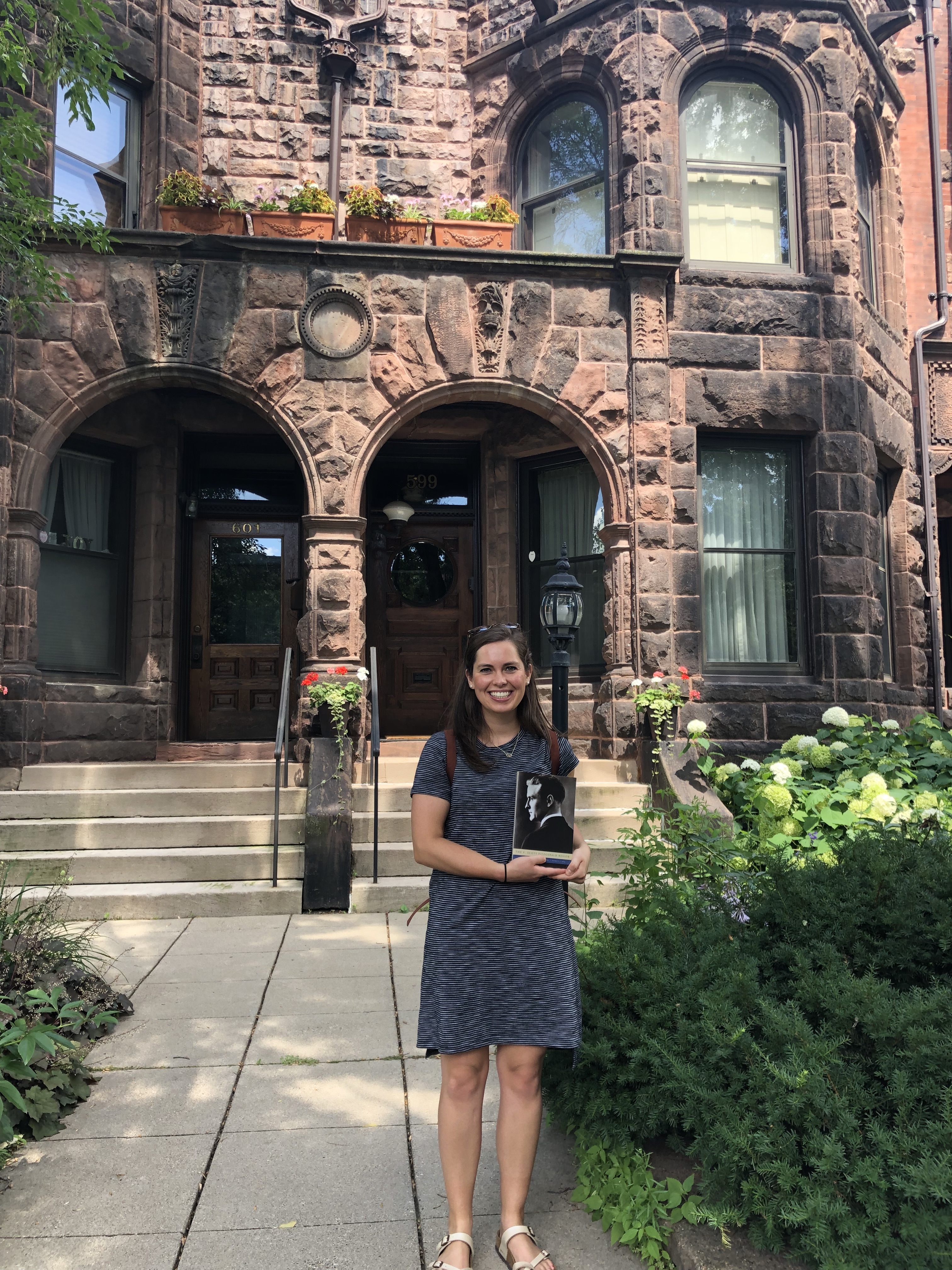
[1] In fact, I believe our tour guide noted the Fitzgeralds did not live in the same residence for more than one year during Scott’s childhood. Moving every year? I can’t even imagine!
[2] Our tour guide initially informed us the “coke” of “coke and smoke” was, undeniably, cocaine, but my research points to a more innocent, classically American alterative. And yet, I tend to favor our tour guide’s interpretation: It adds a certain drama, mystery, and intrigue I think Fitzgerald would find only fitting.
[3] See: Nearly any piece he has ever written. More money, more problems. Less money while living like you have more money, even more problems.
[4] Although, if you ask me, the way the artist reconstructed the author’s face makes young Fitzgerald look a little off. Let’s just say it is certainly humbling and doesn’t do Fitzgerald any favors. Clearly the artist must not have been a Gatsby fan…
[5] Can you imagine? If only it was that easy!
[6] Of the 475 Summit Avenue variety.
[7] And, in my opinion, one of the most commonly misunderstood. What do I mean? Keep reading.
[8] No, this is not from Sparknotes. This literary analysis comes to you complimentary of one F. Scott Fitzgerald Katie Puszka, thank you very much! Read the book, and you’ll know what I’m talking about.
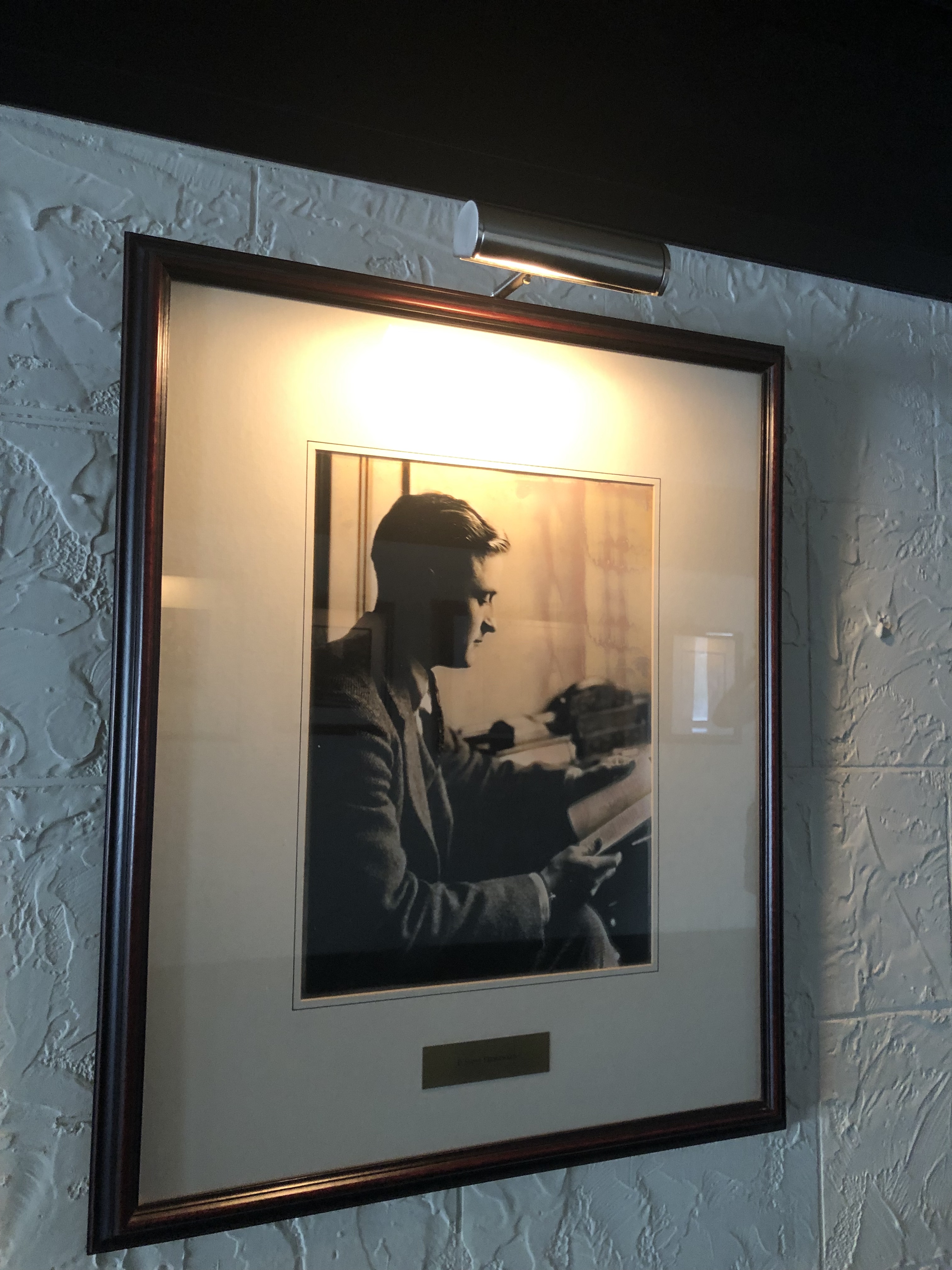

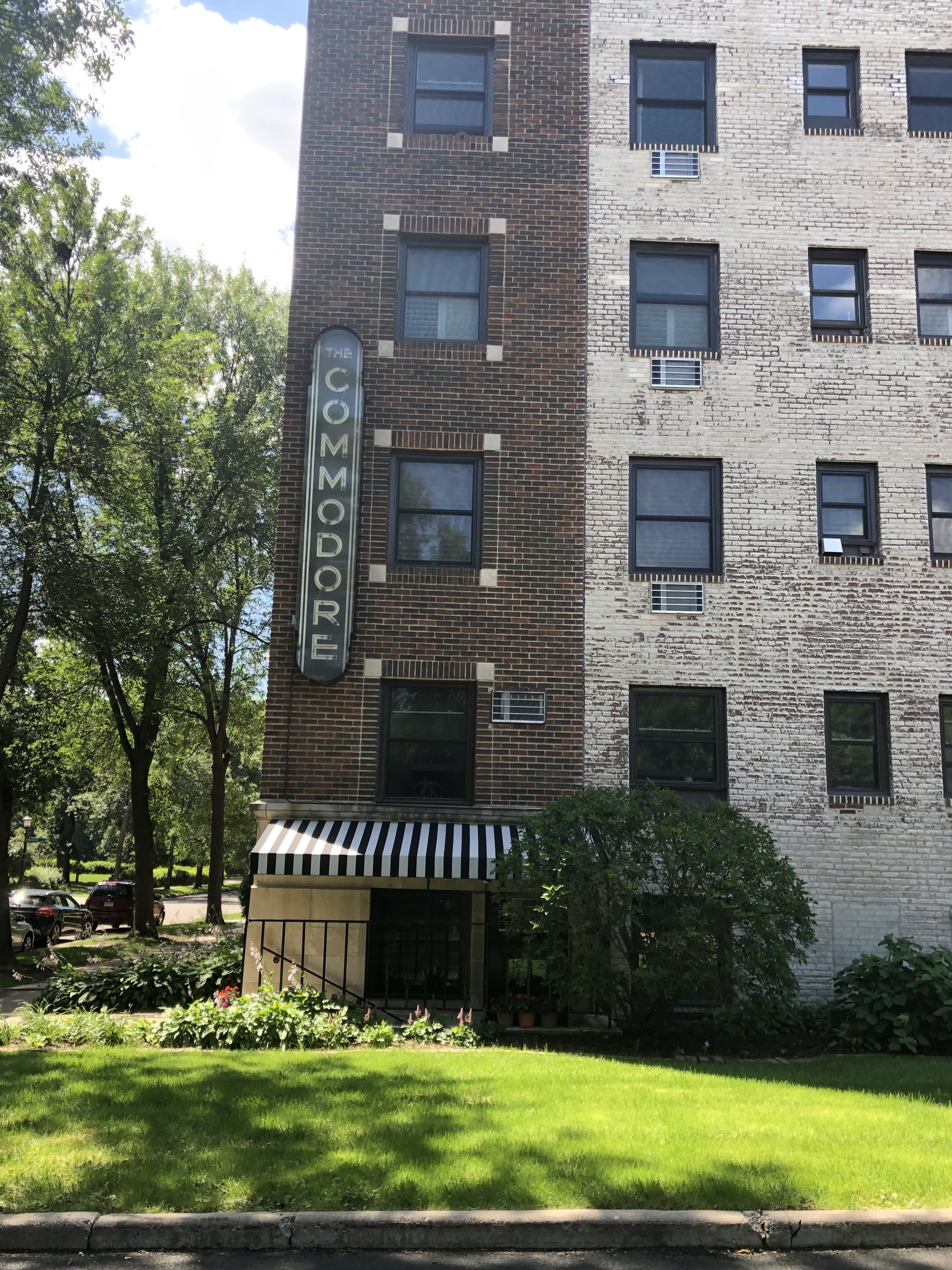
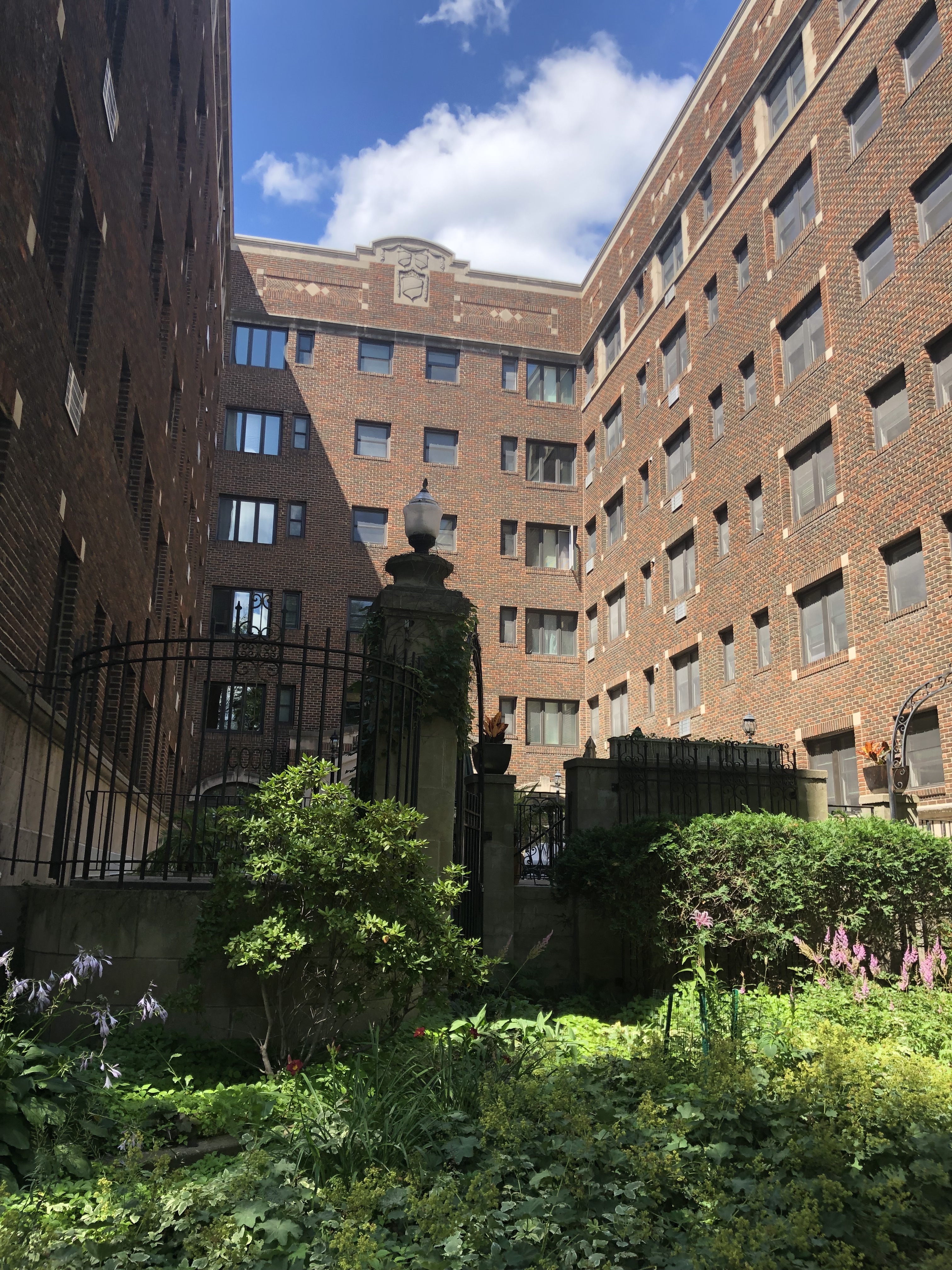
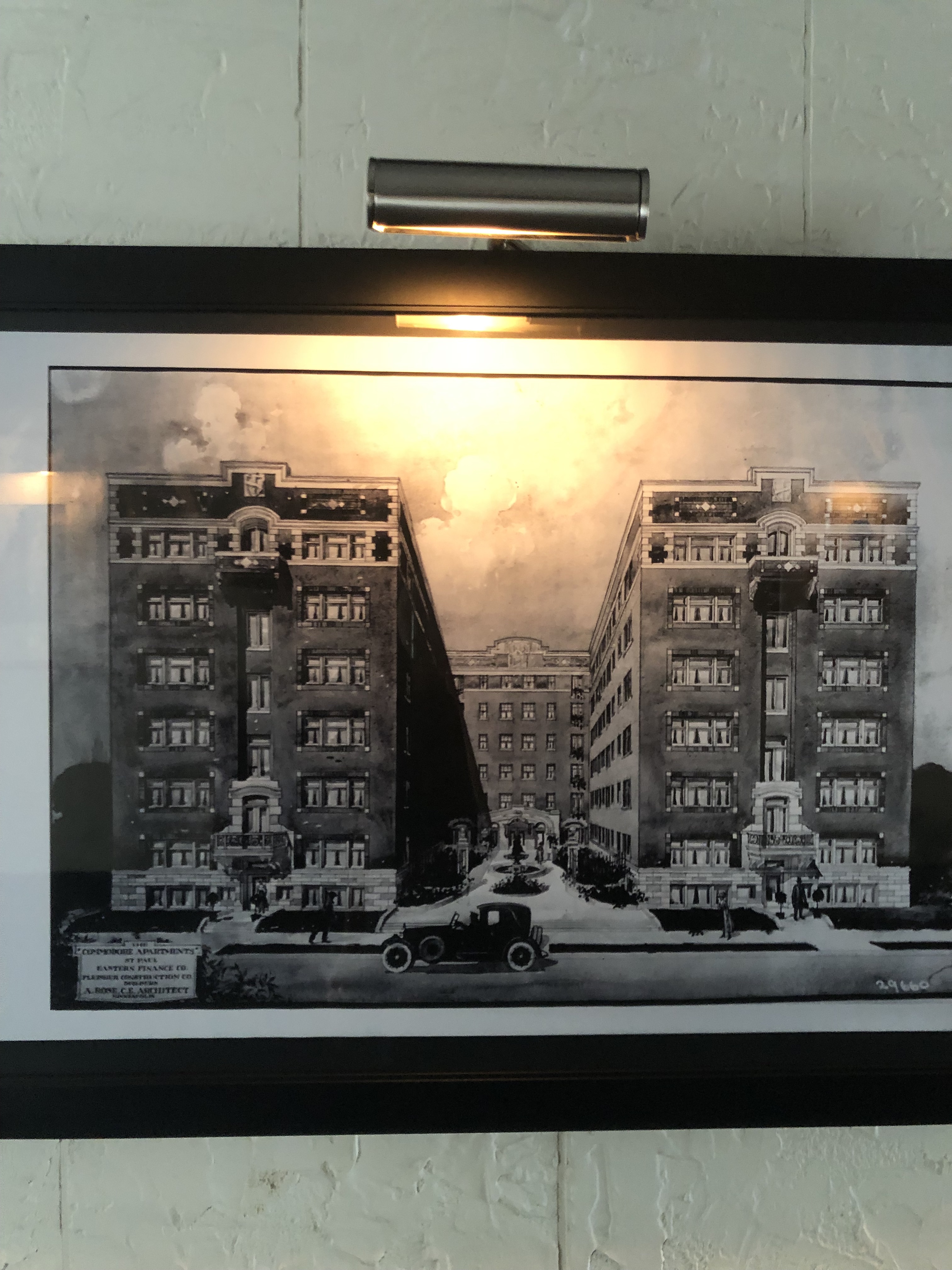
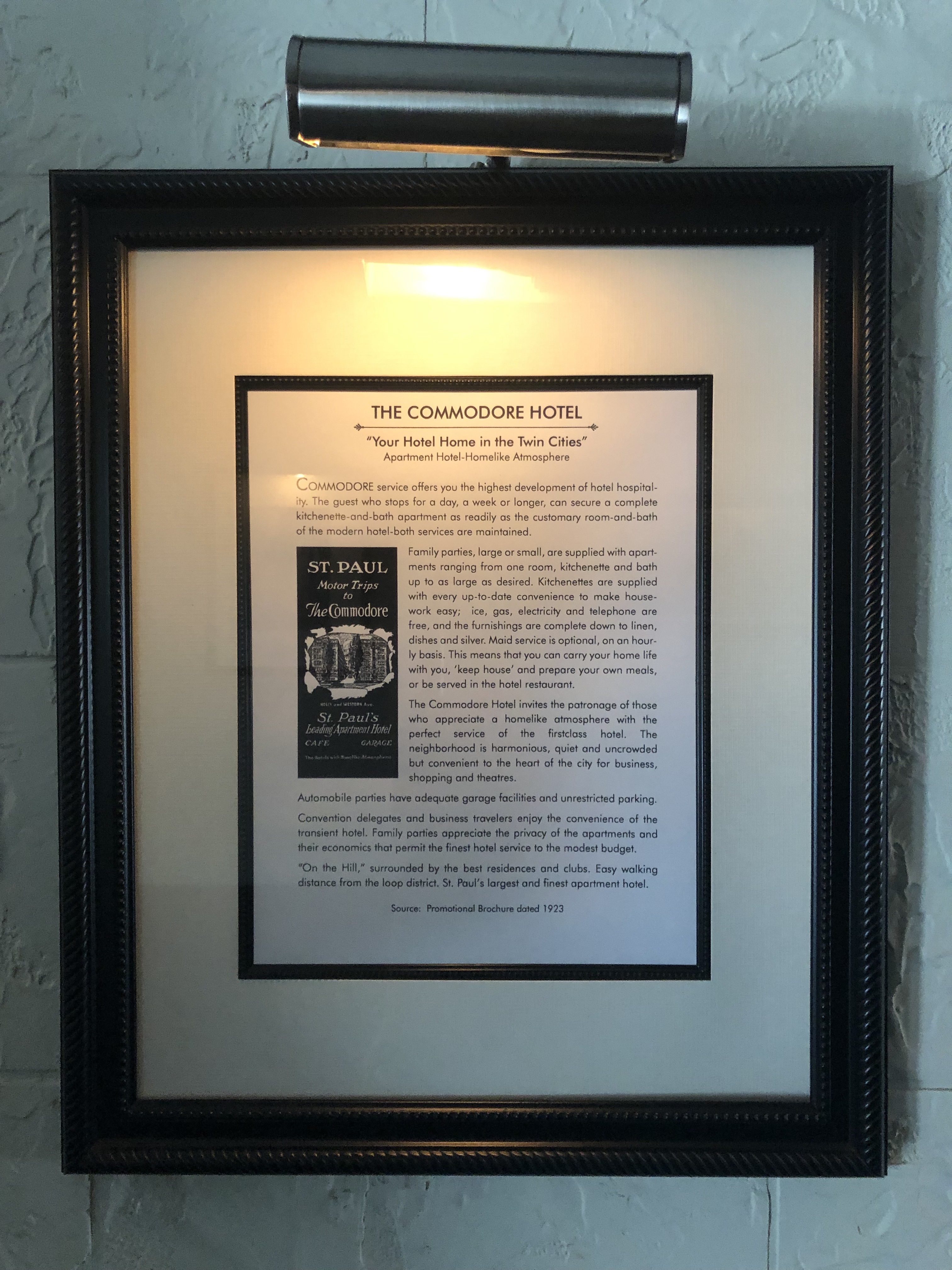
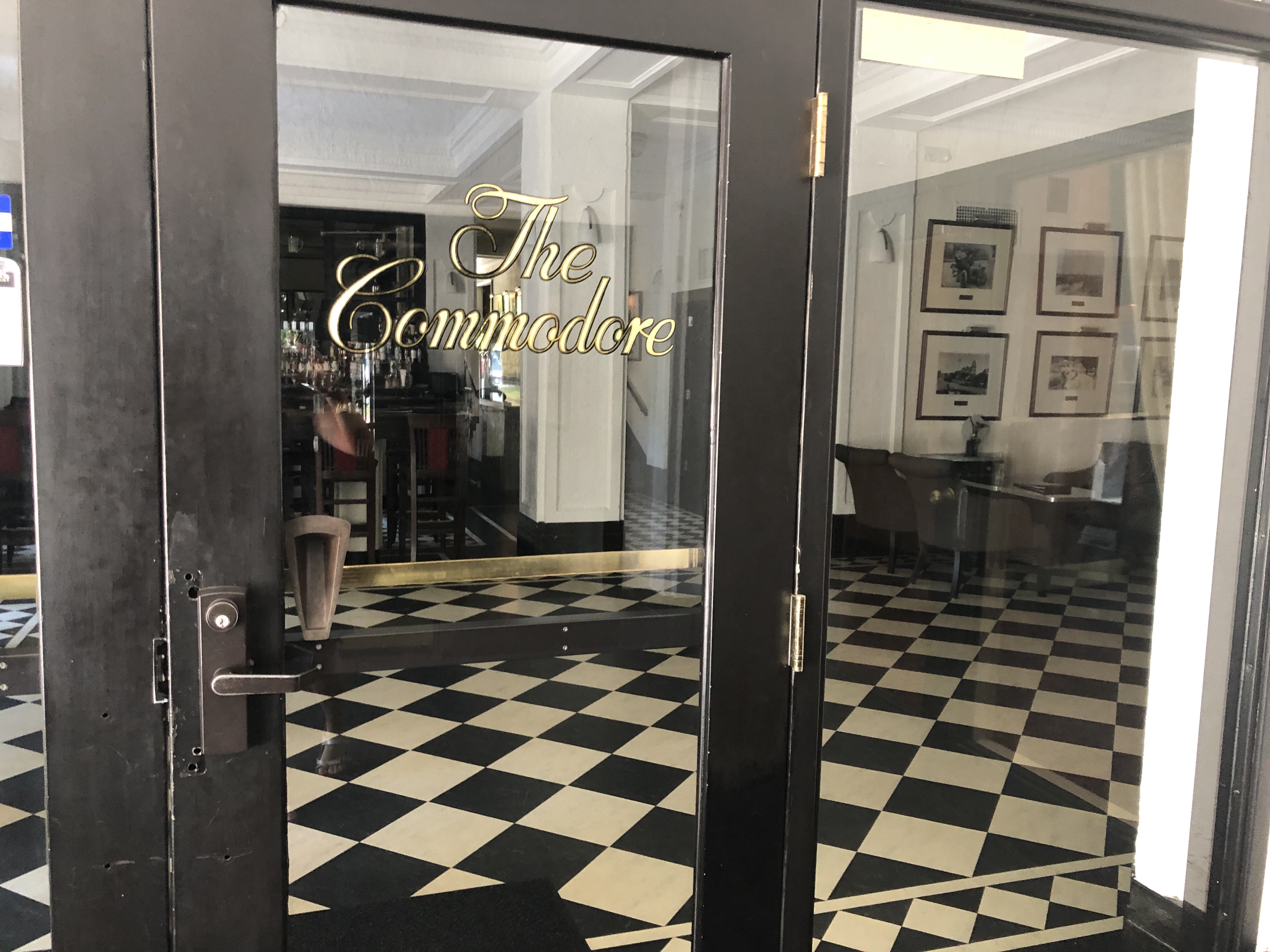
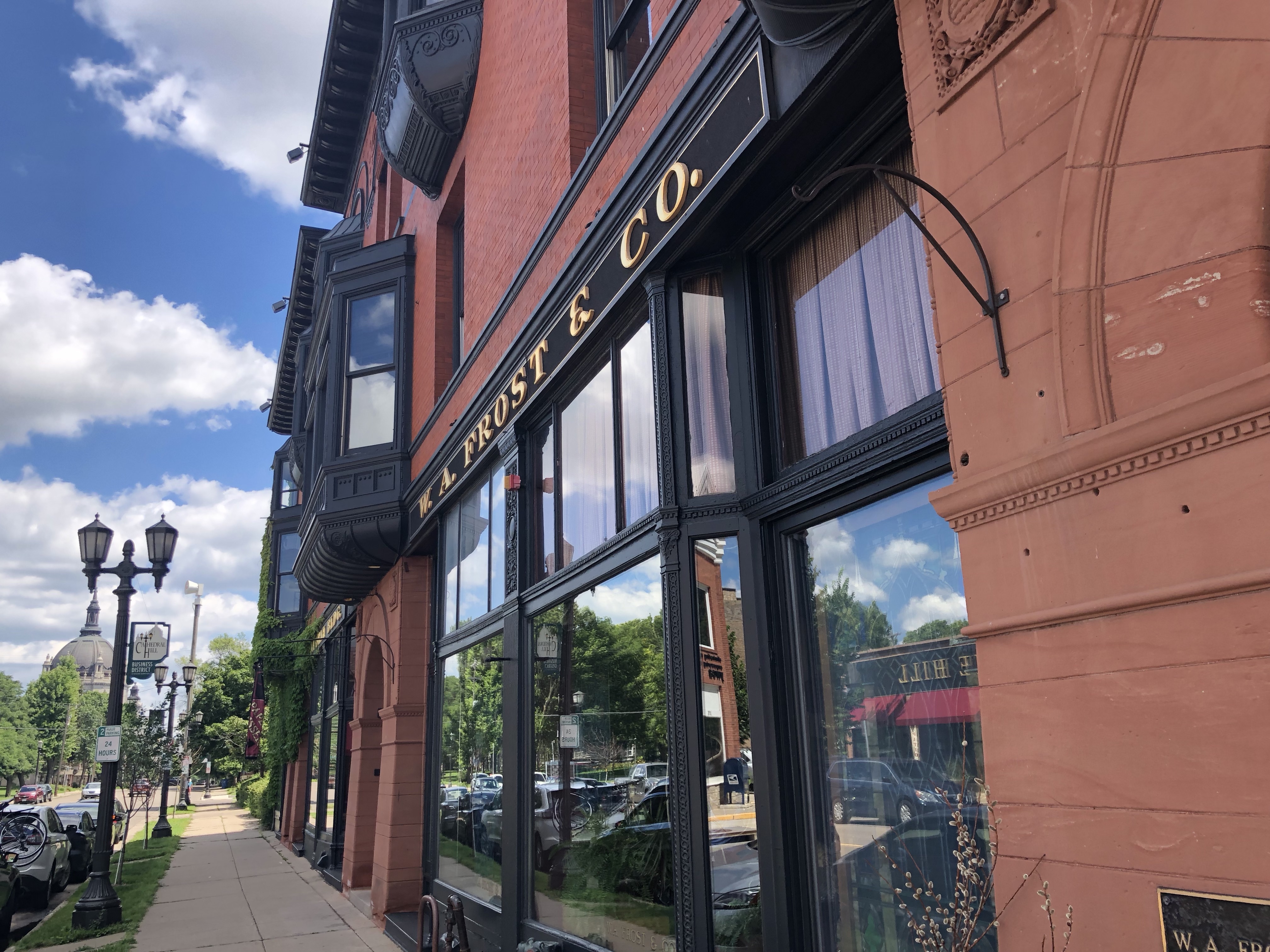
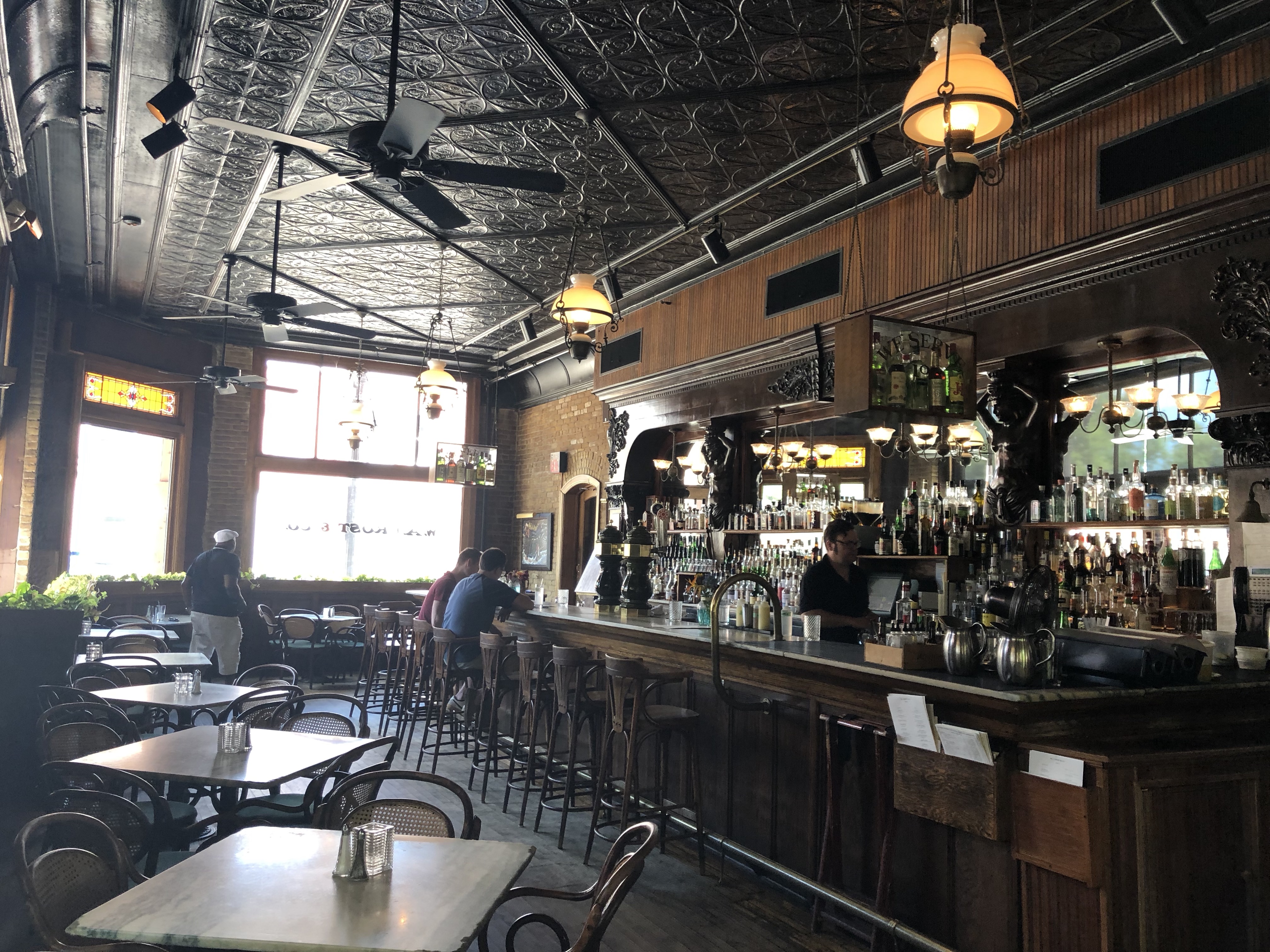
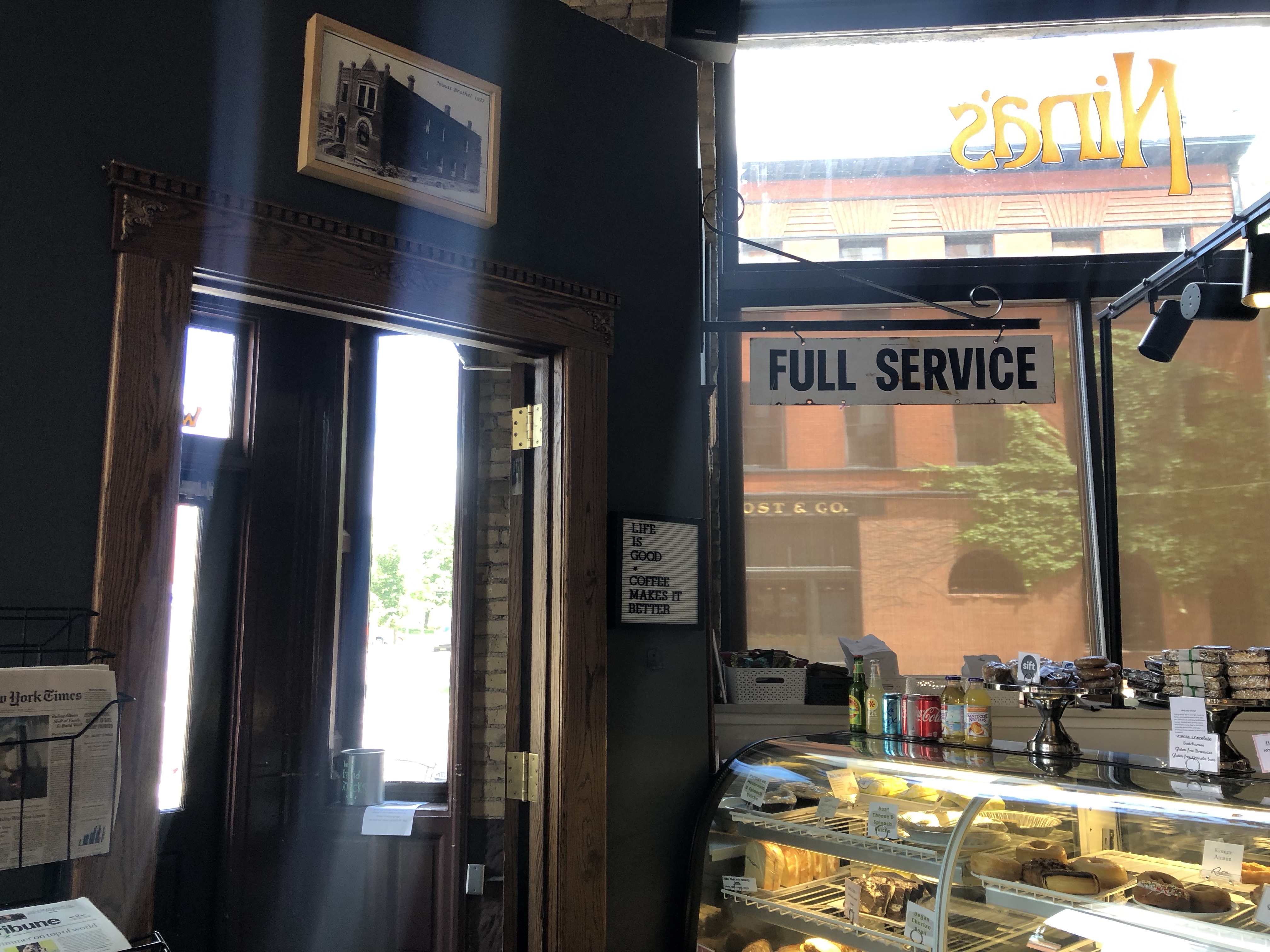
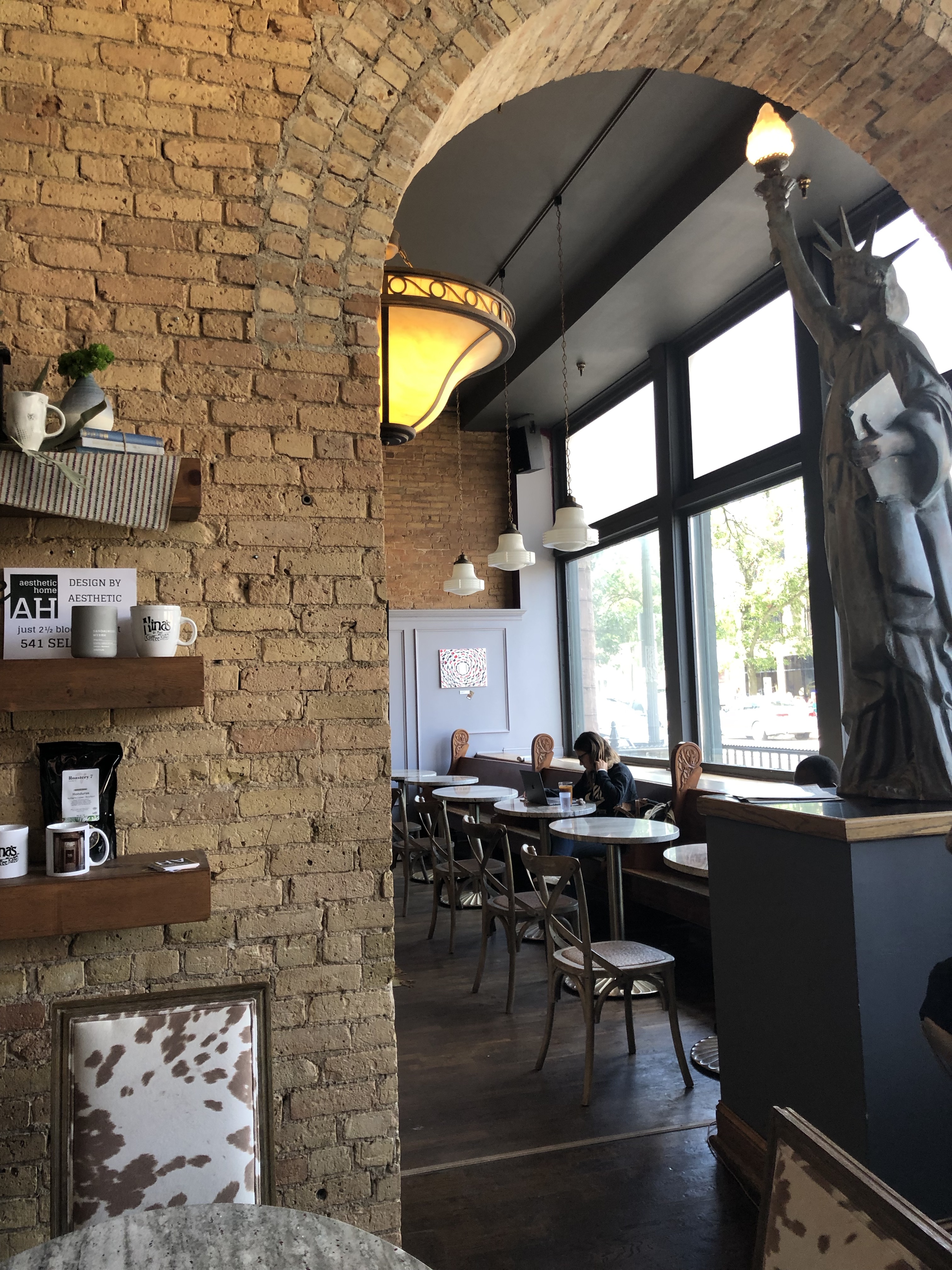
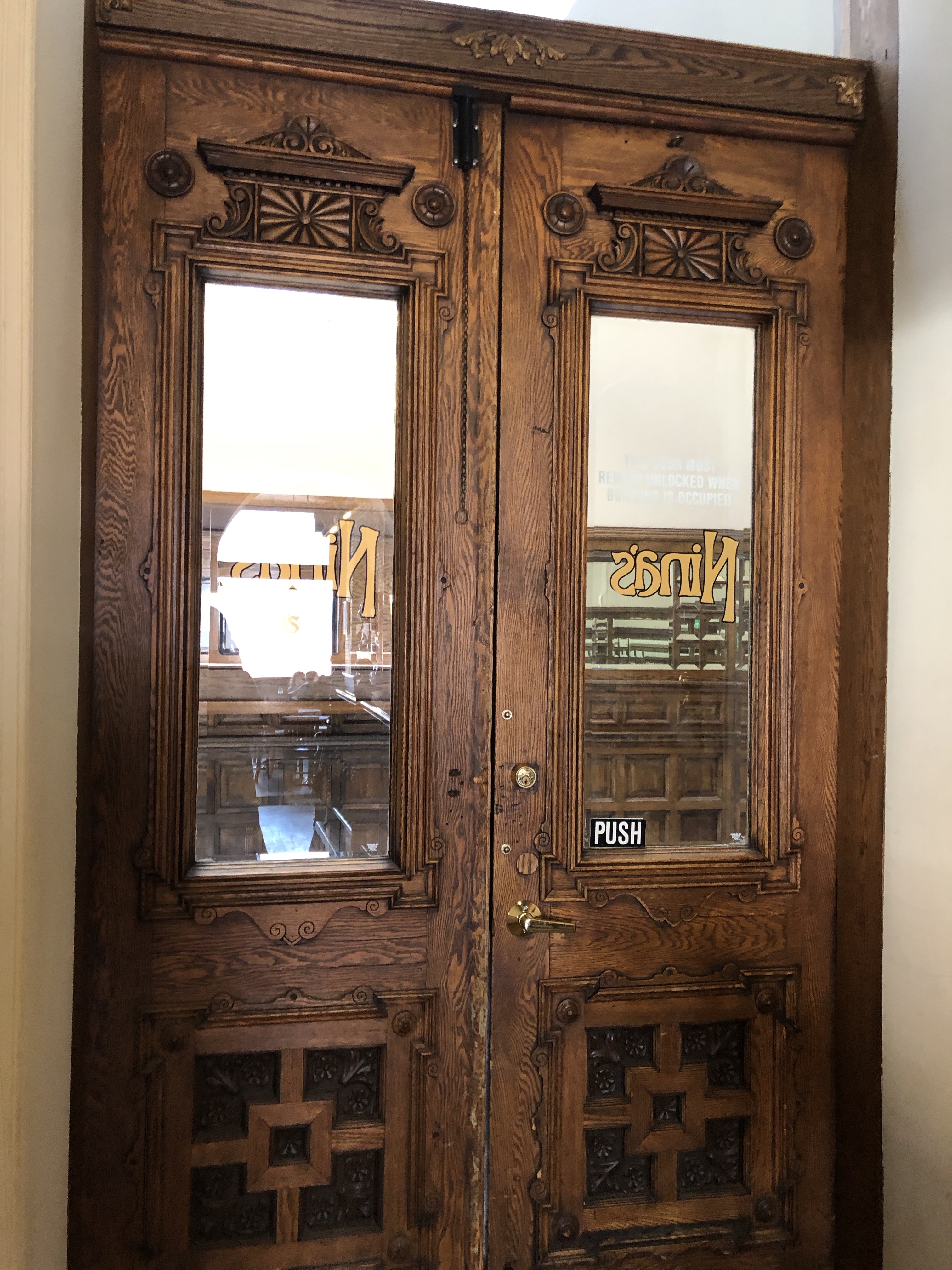
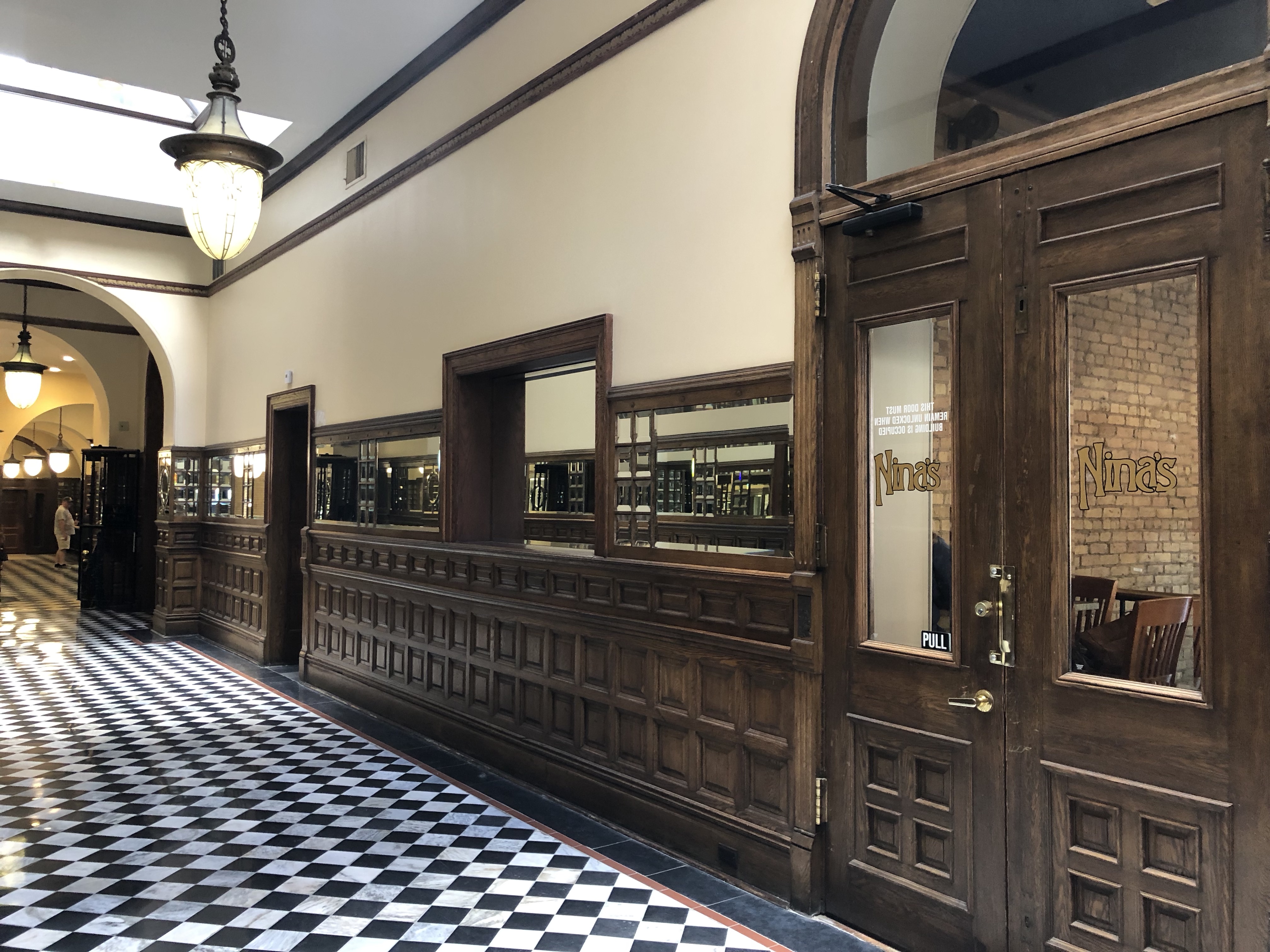
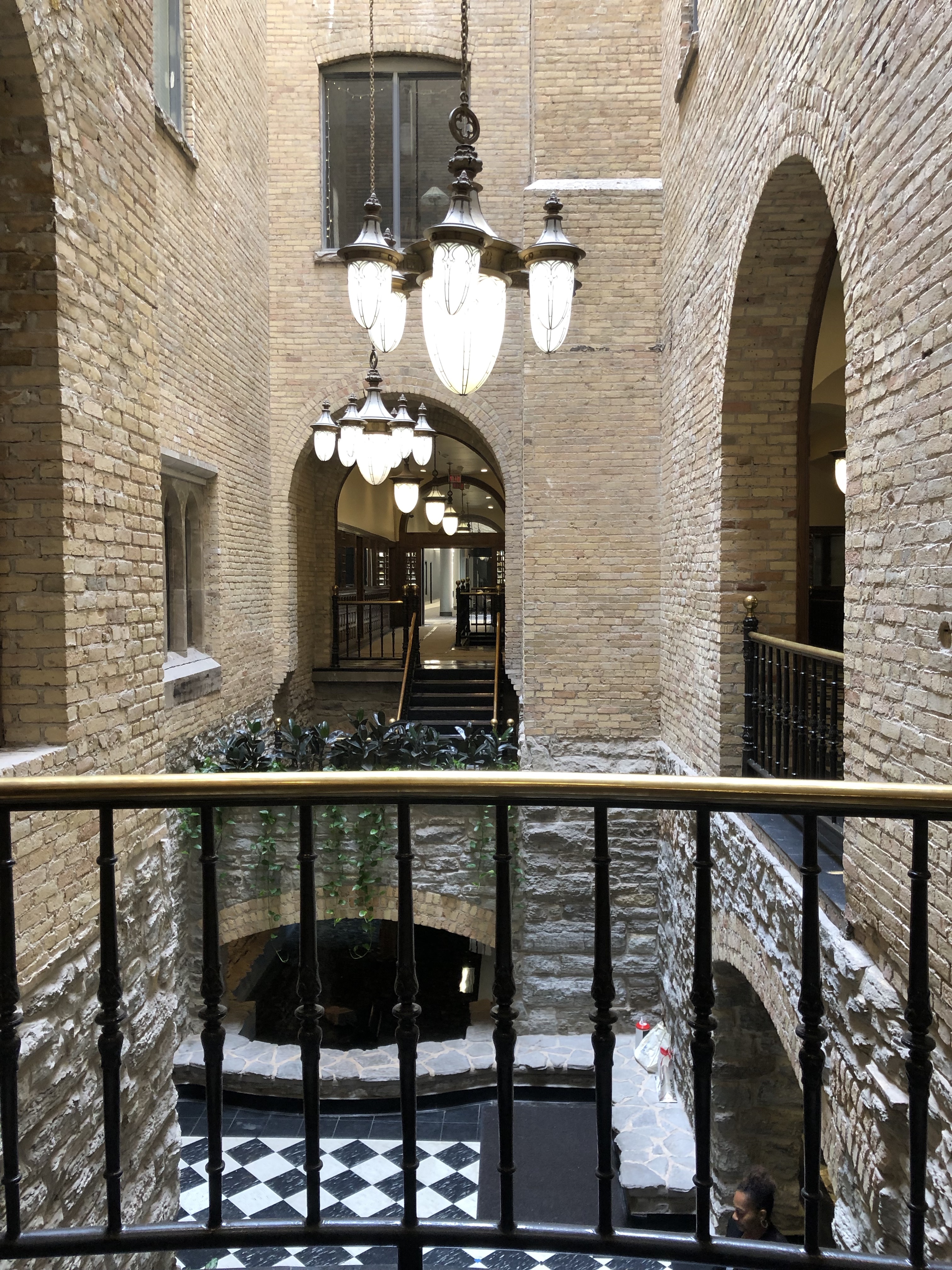
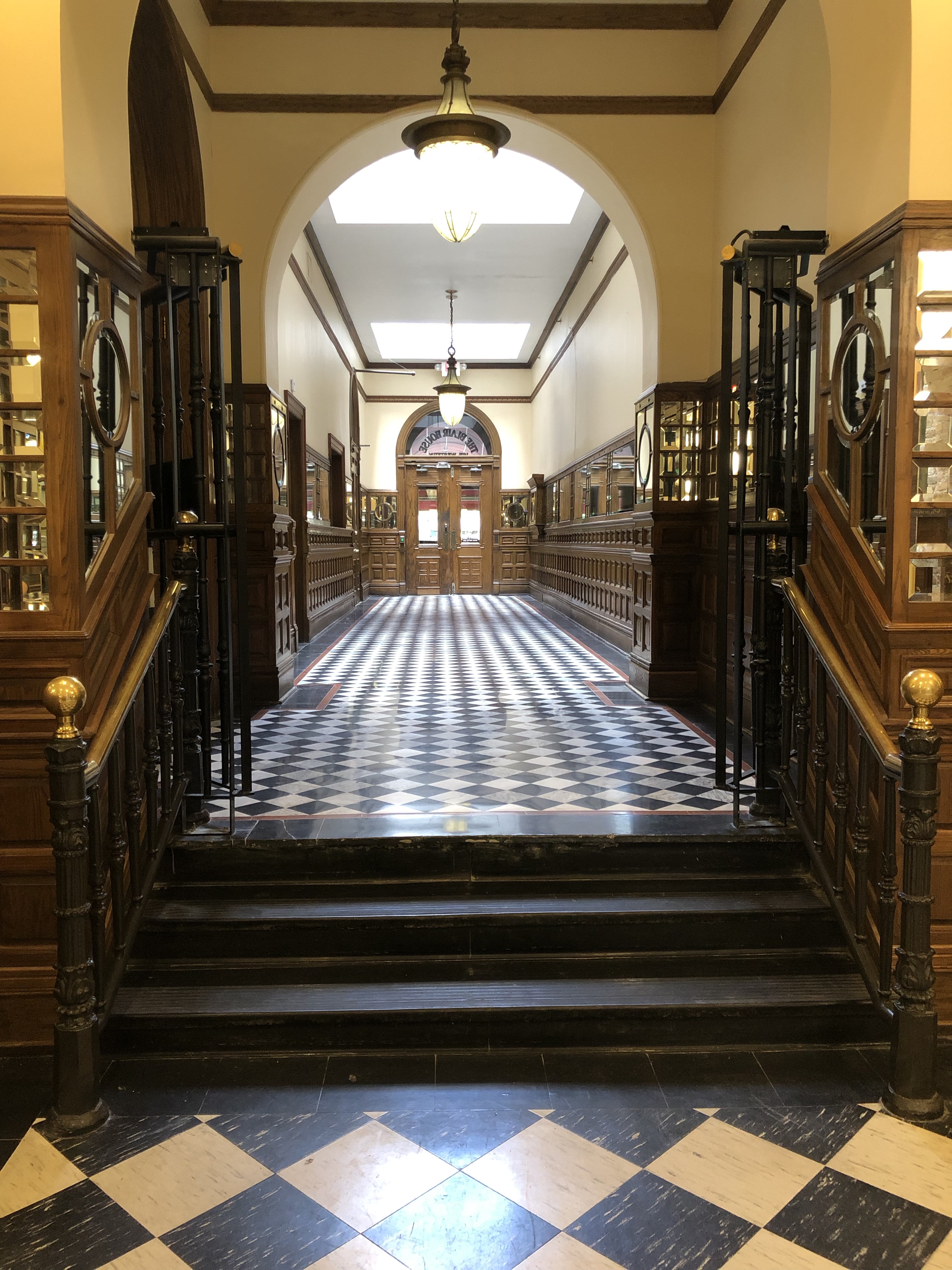
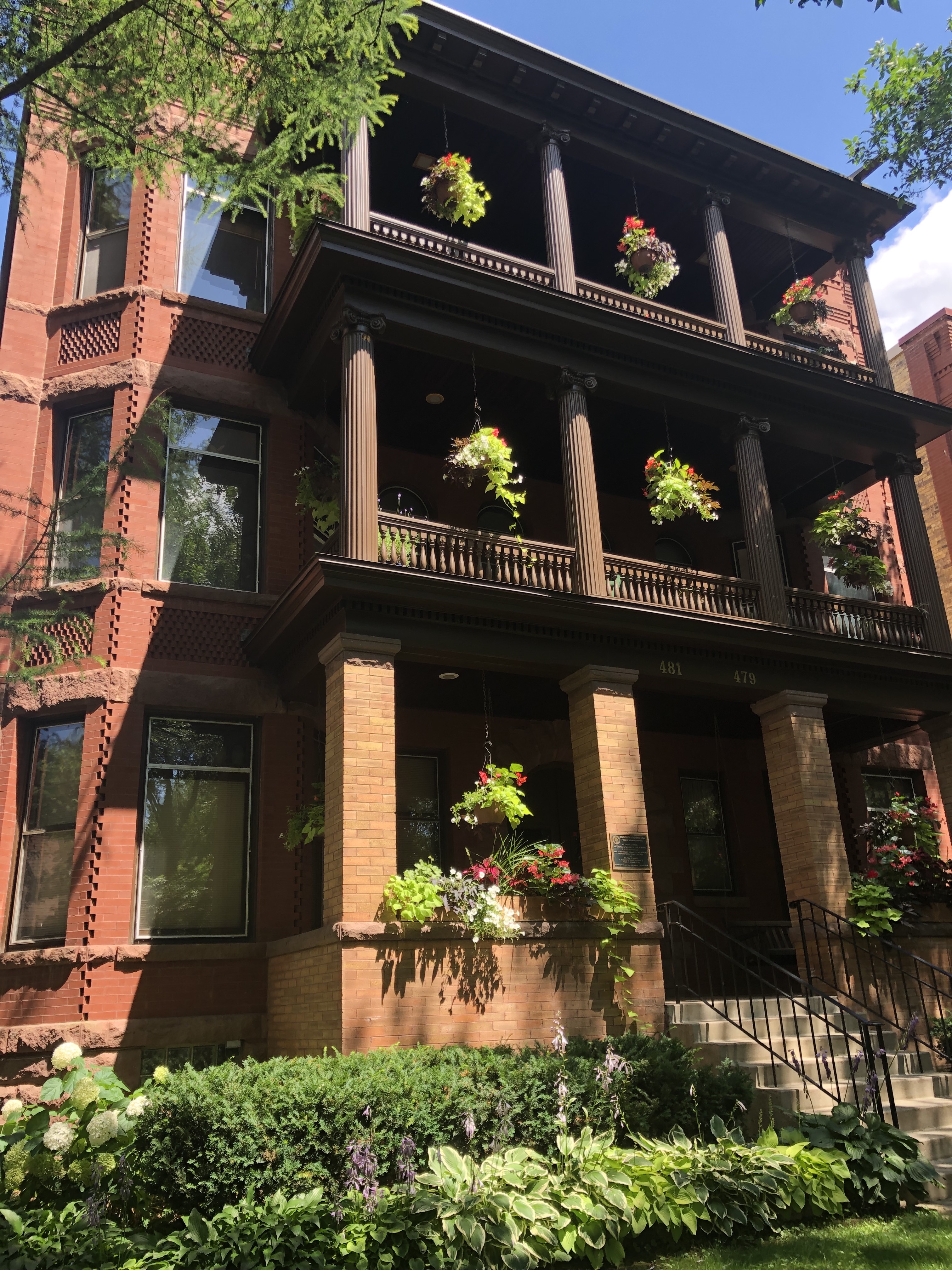
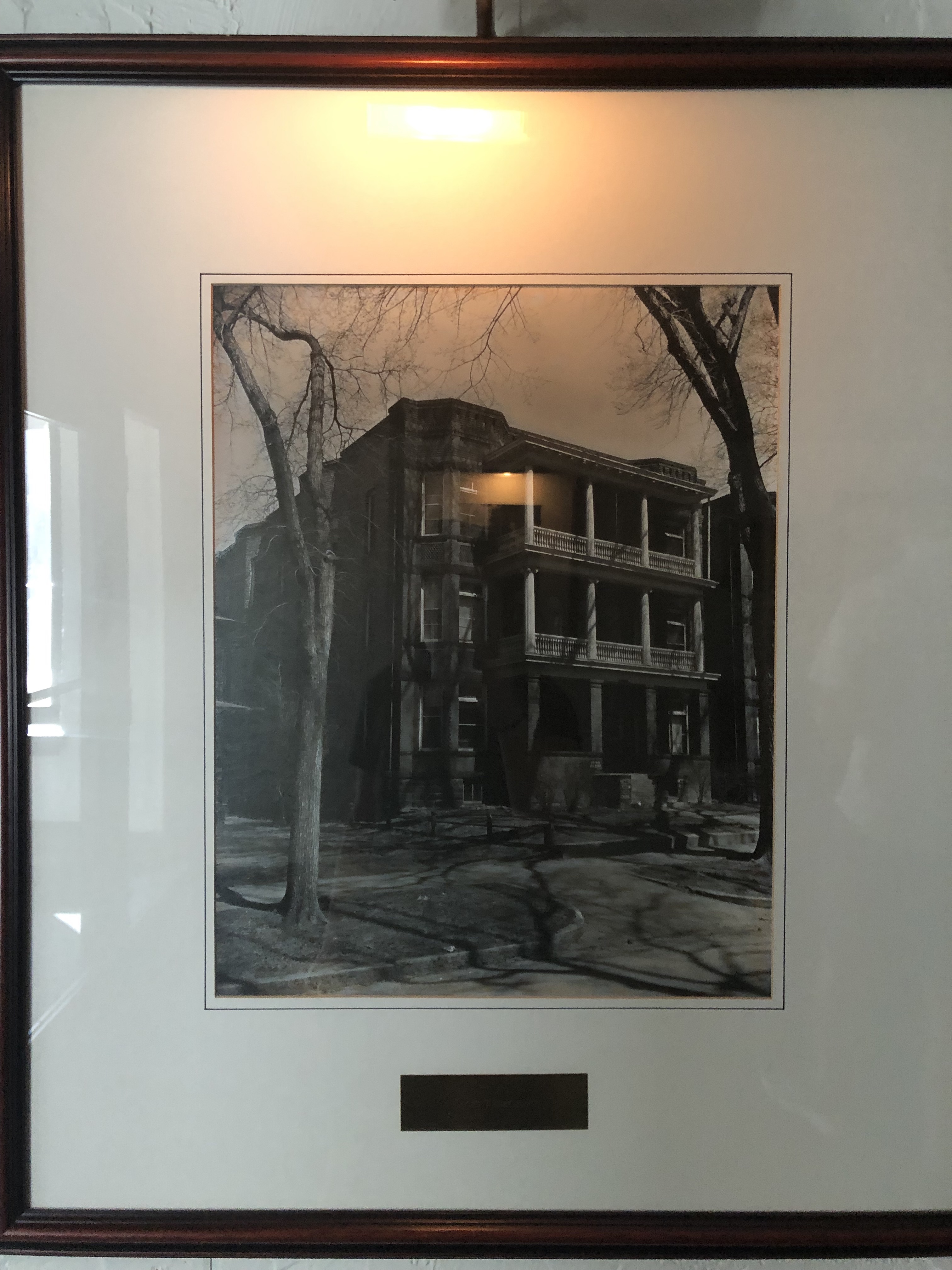
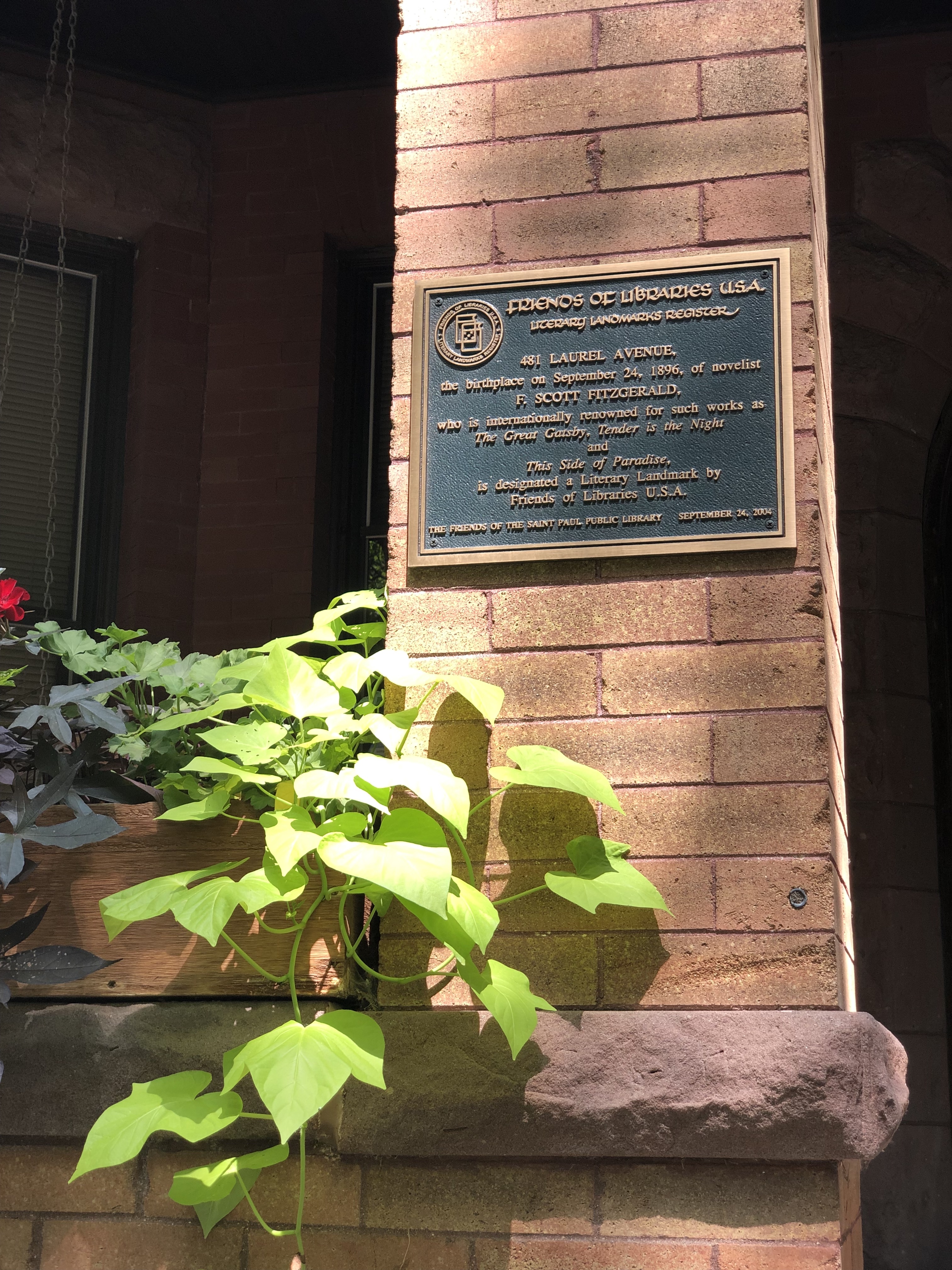
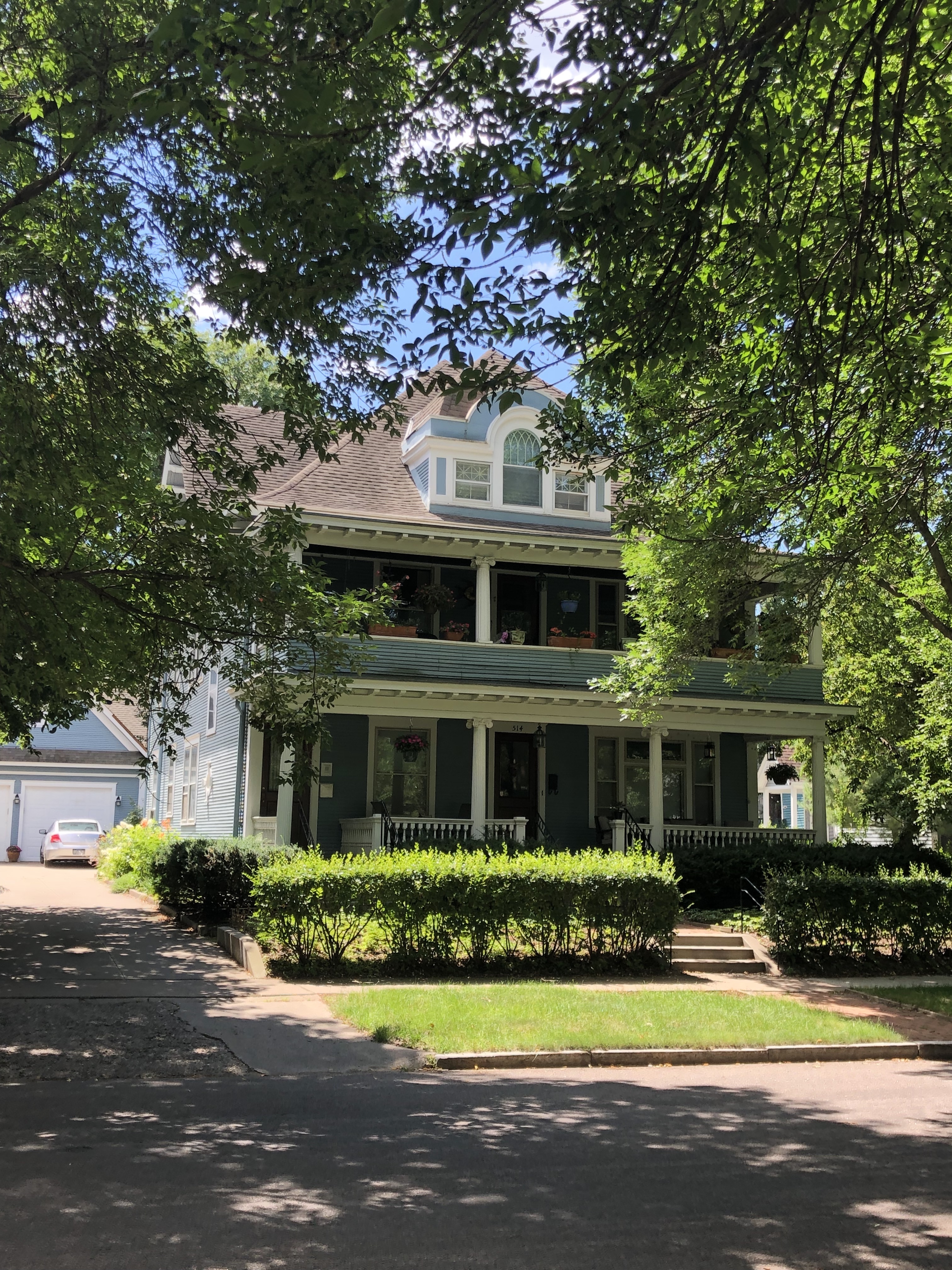

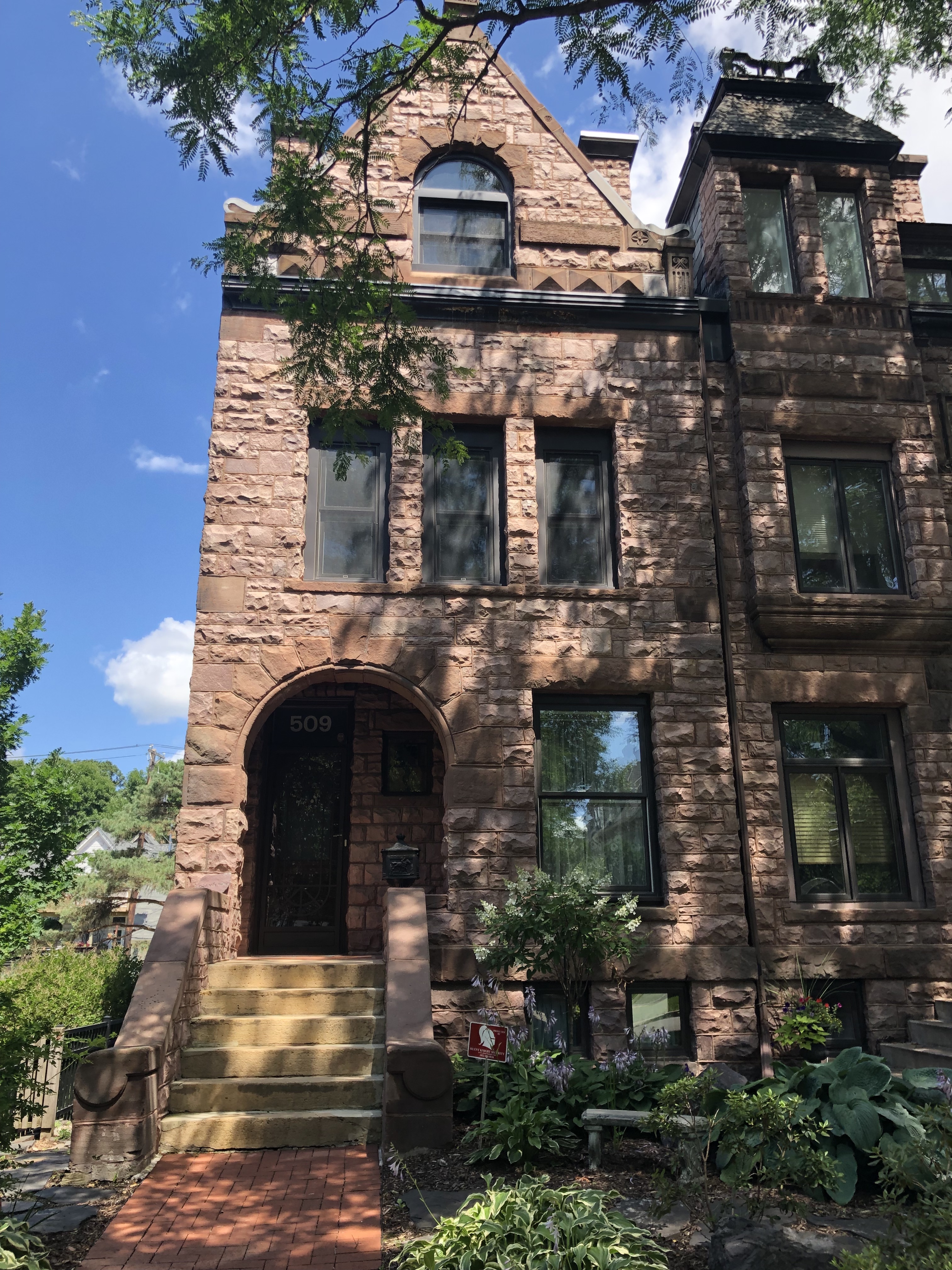
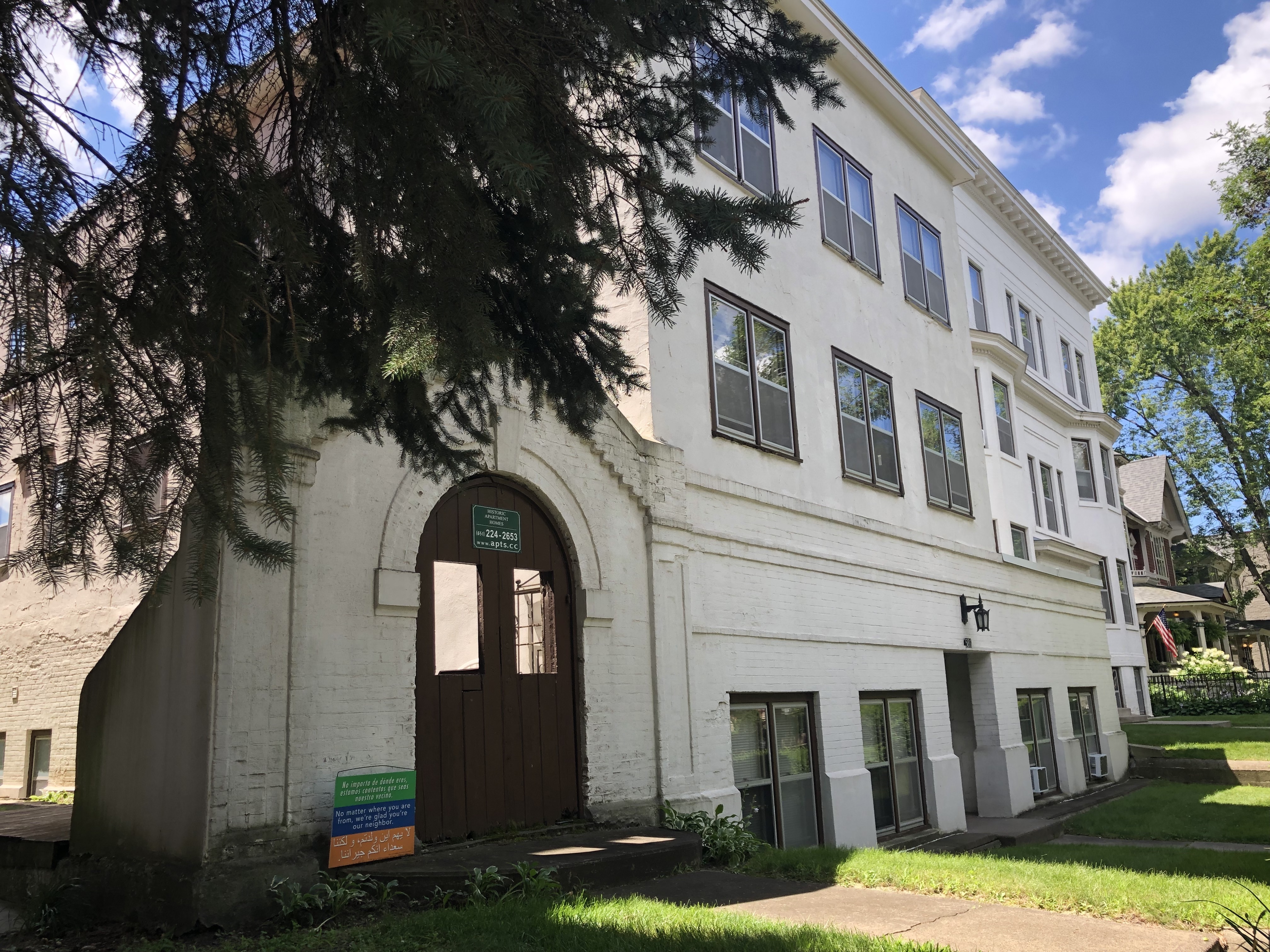
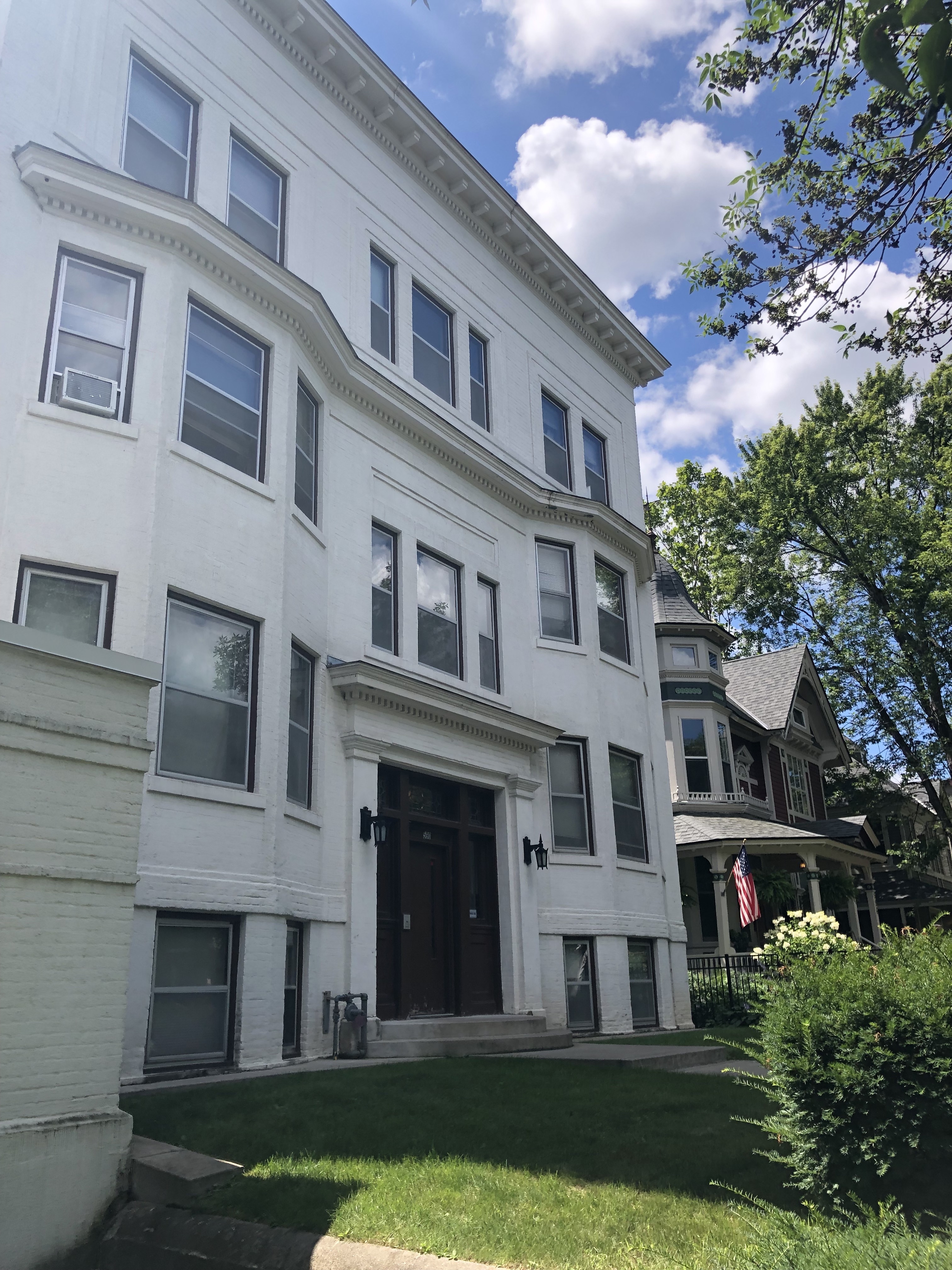
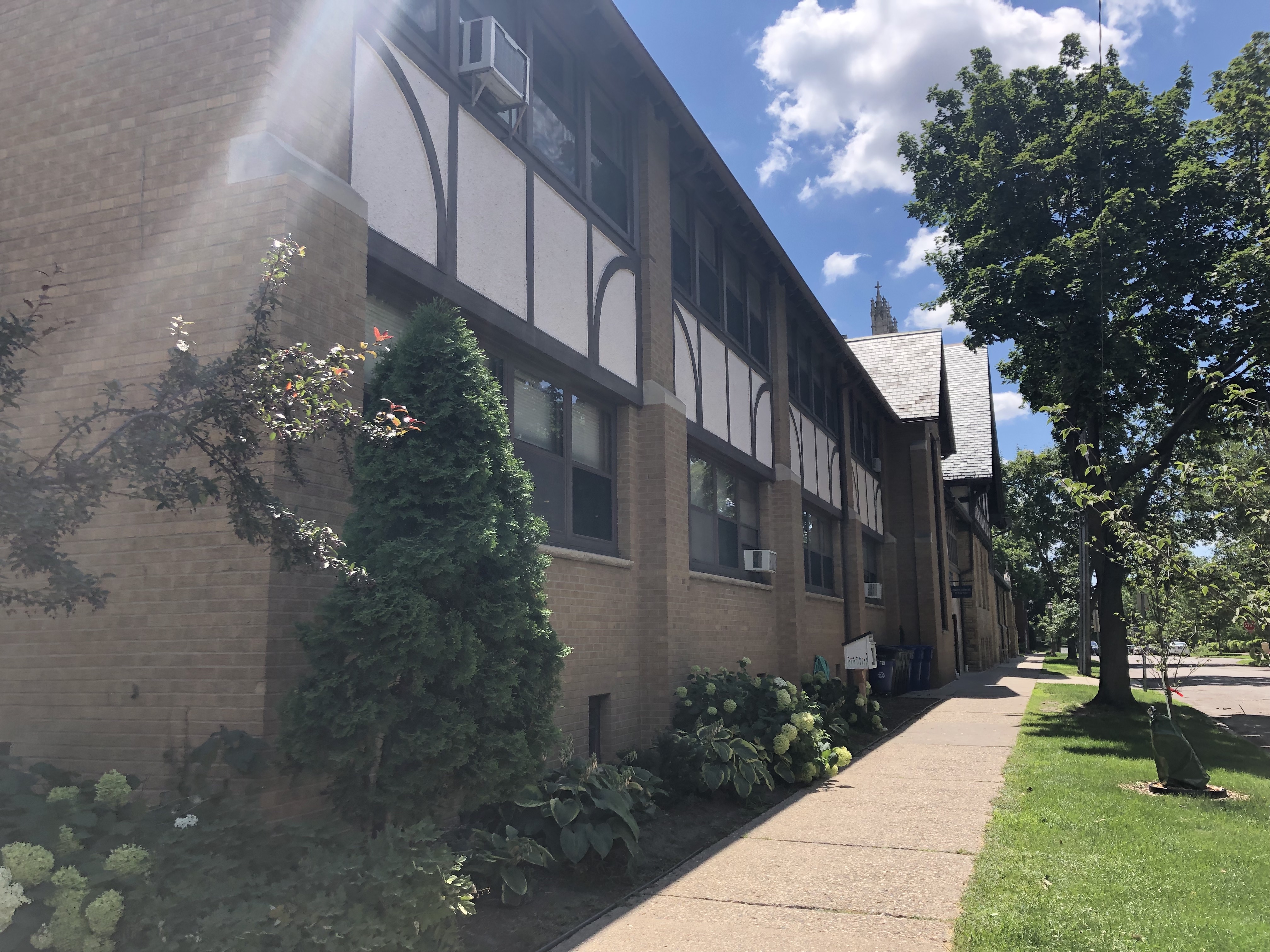
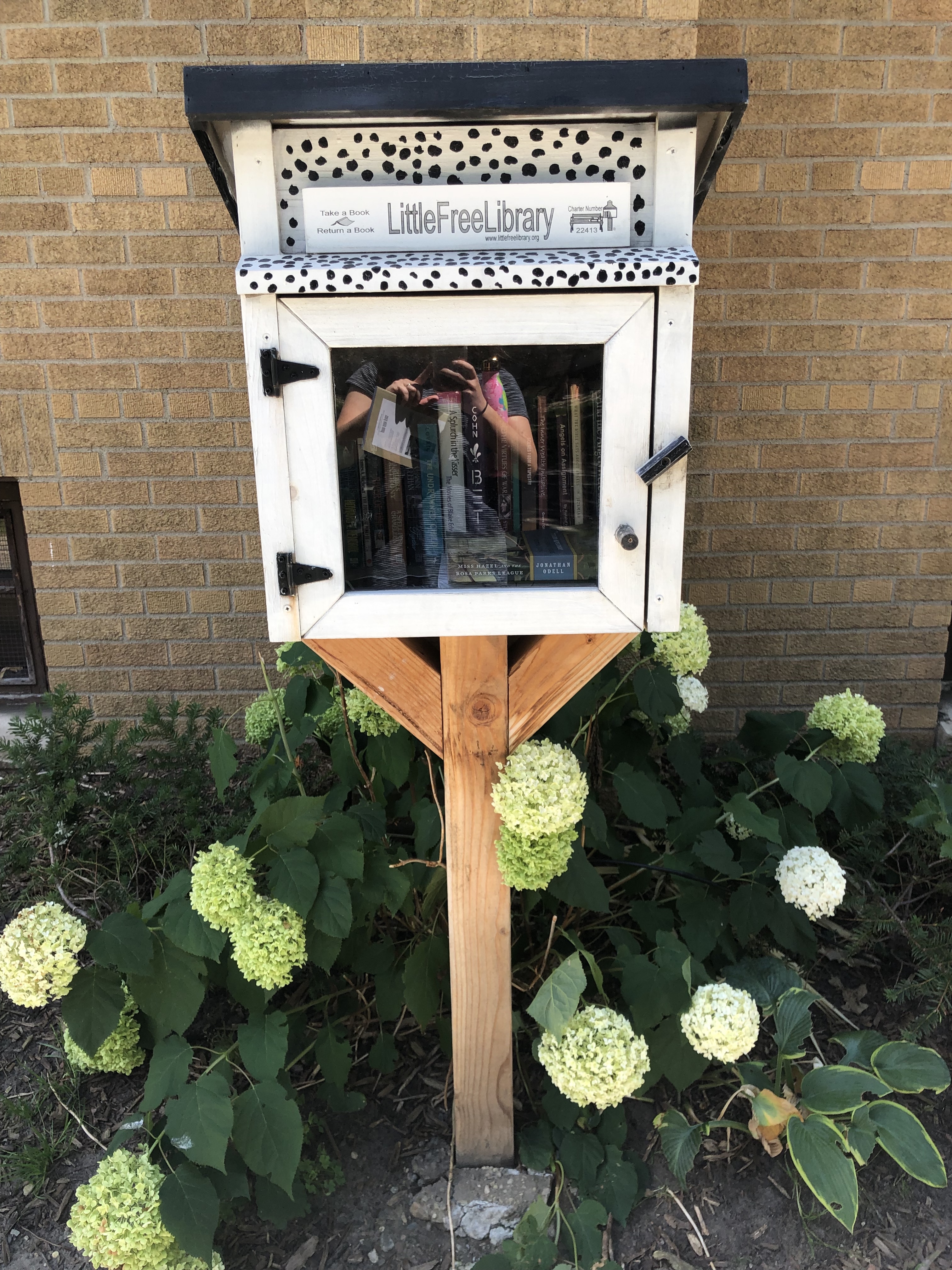
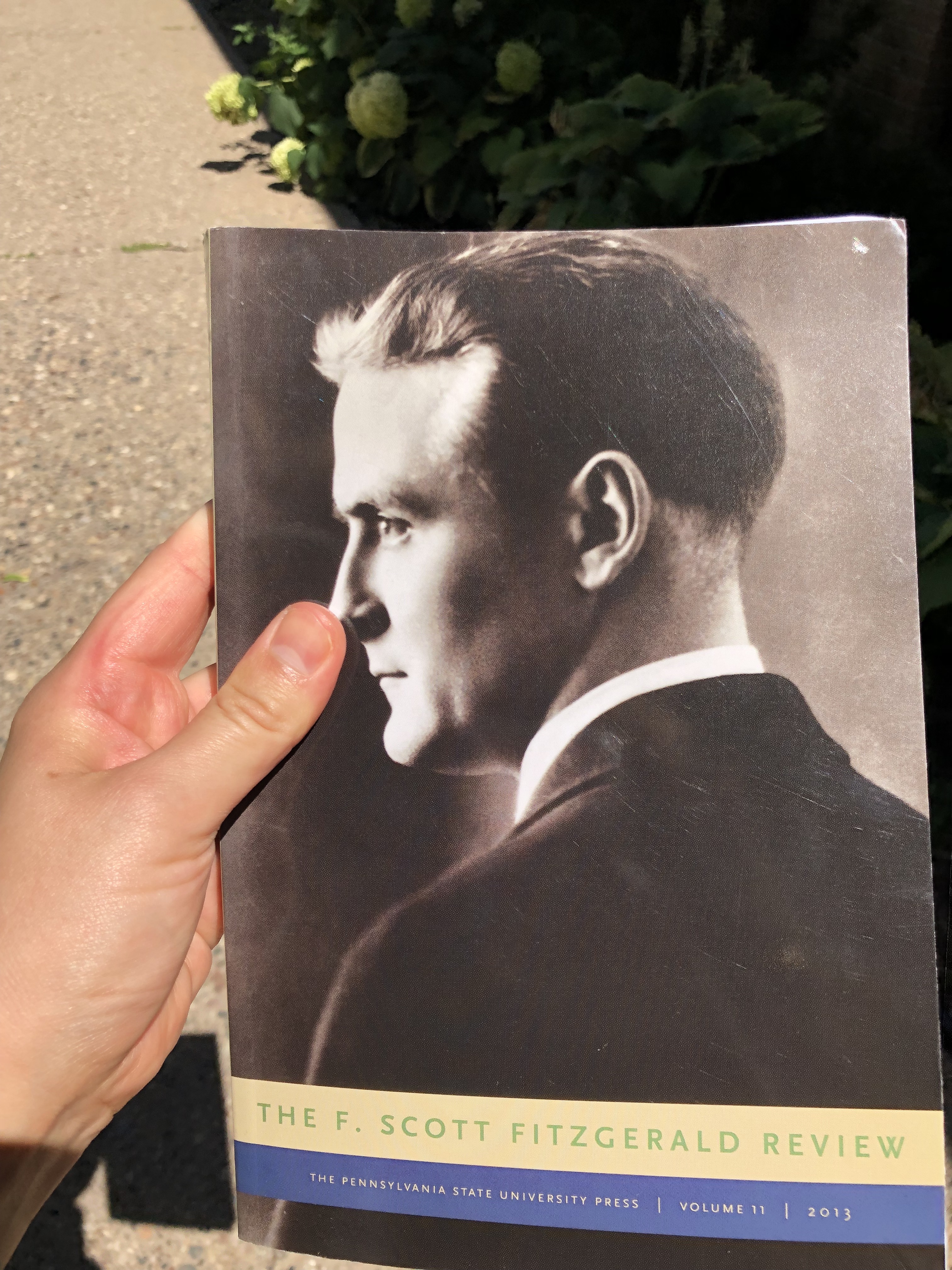
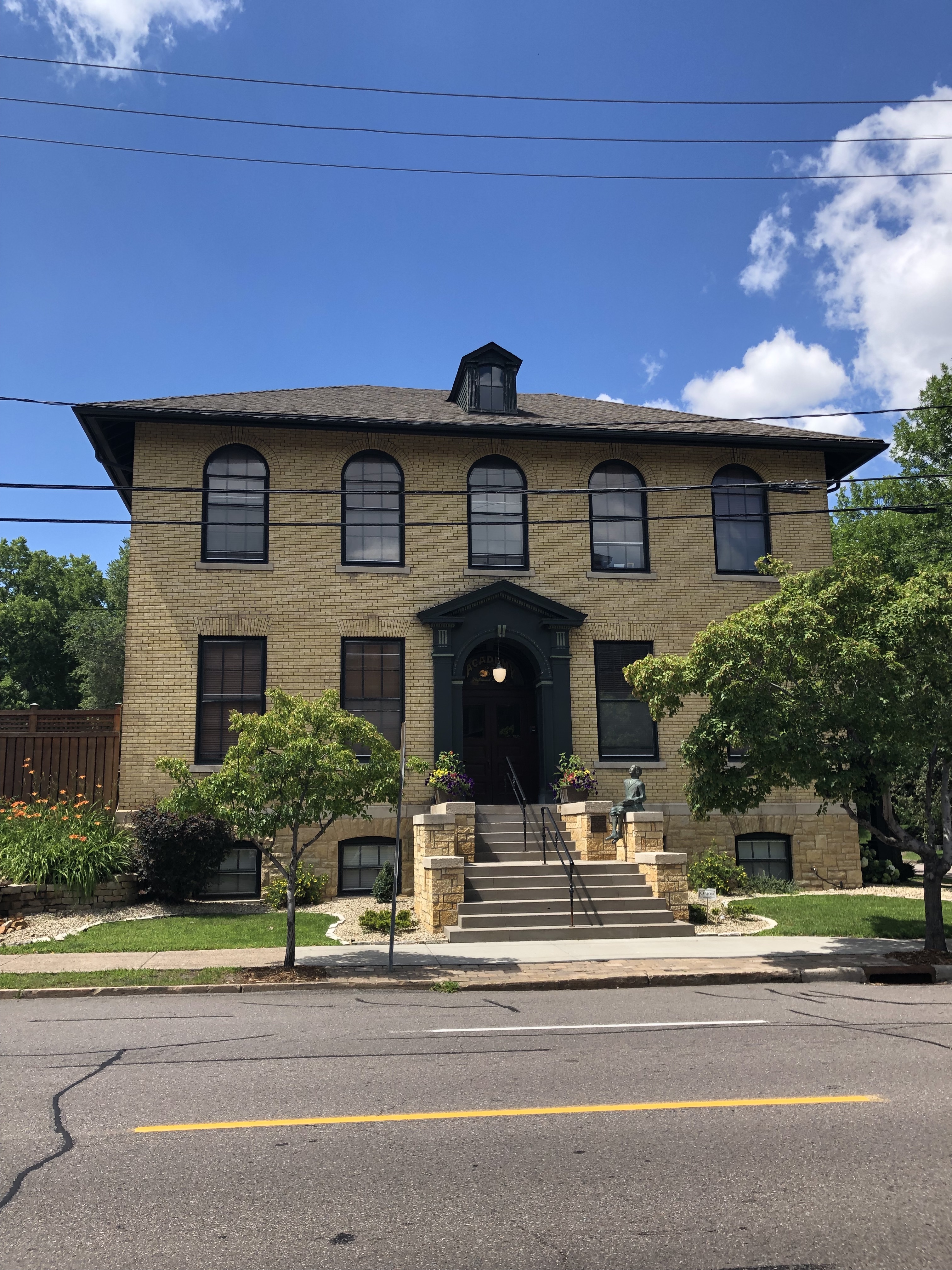
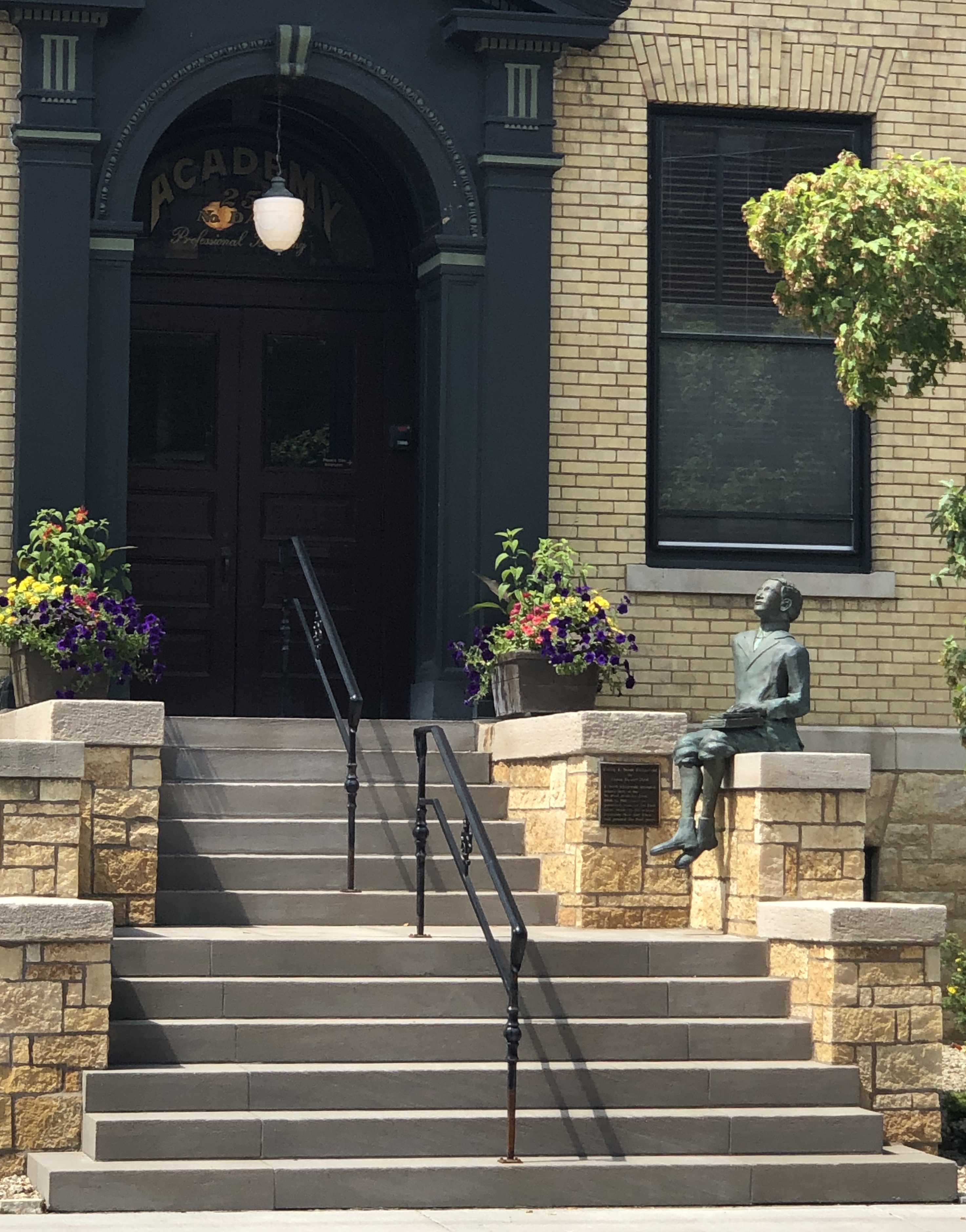

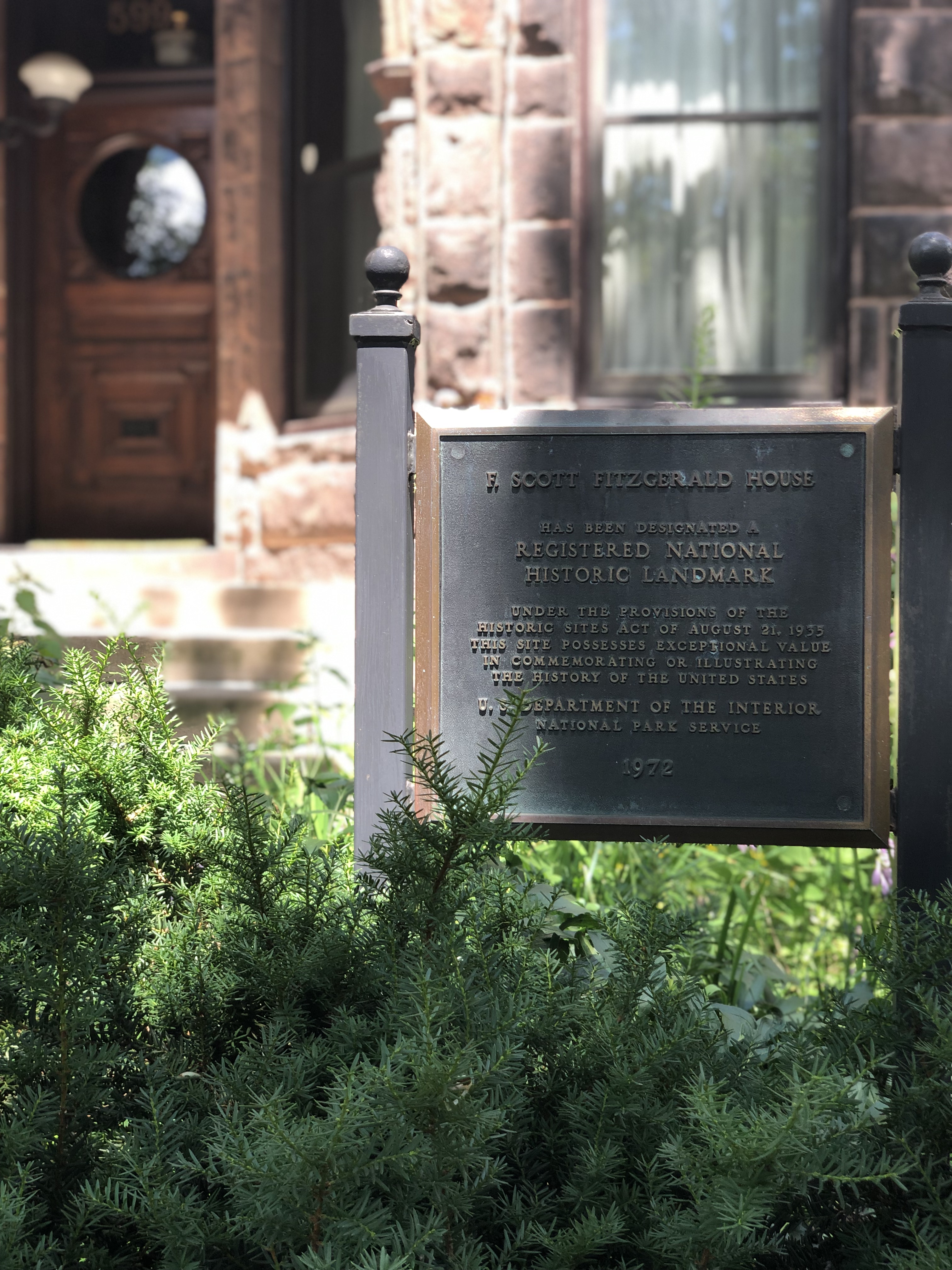
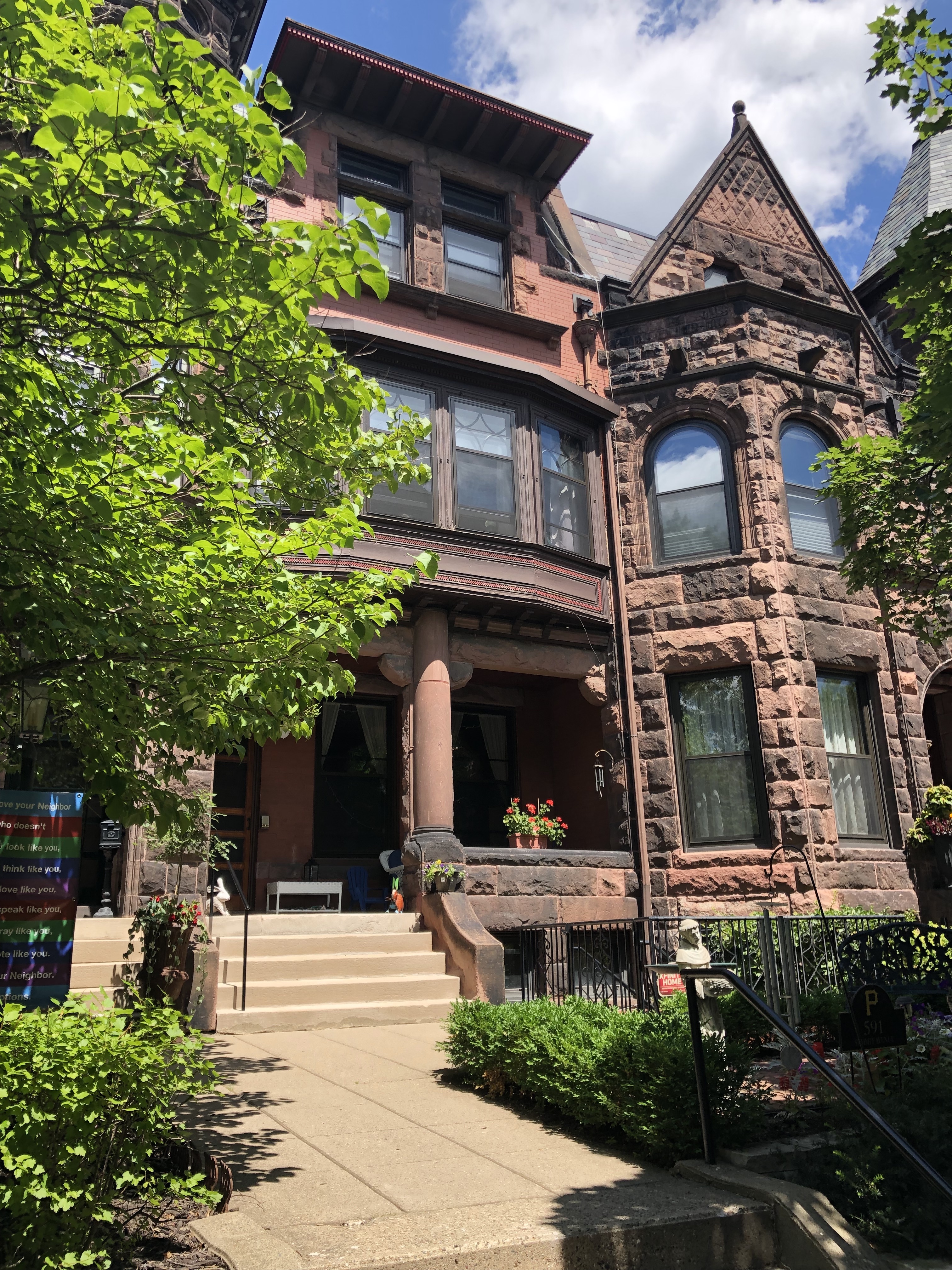

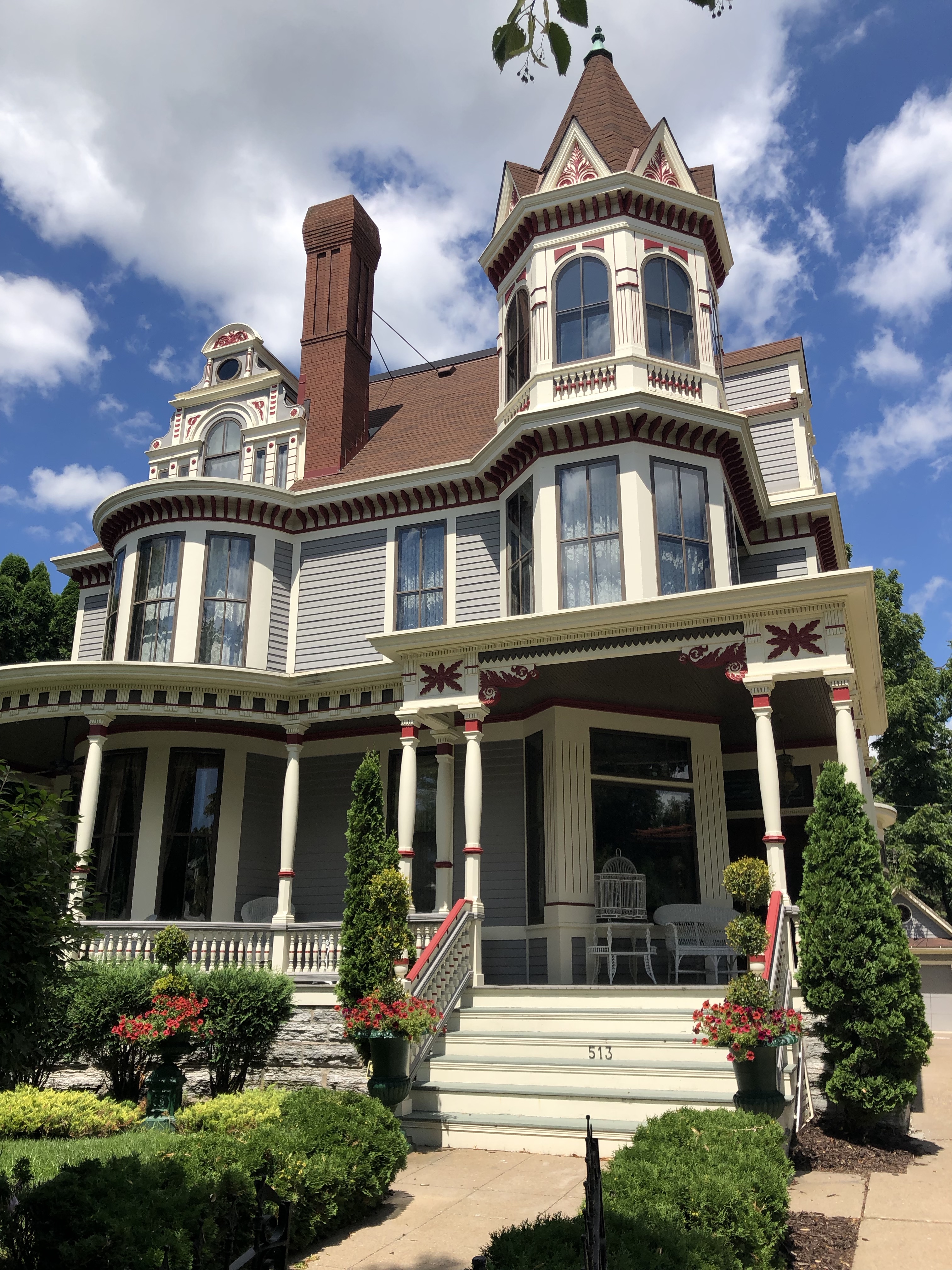
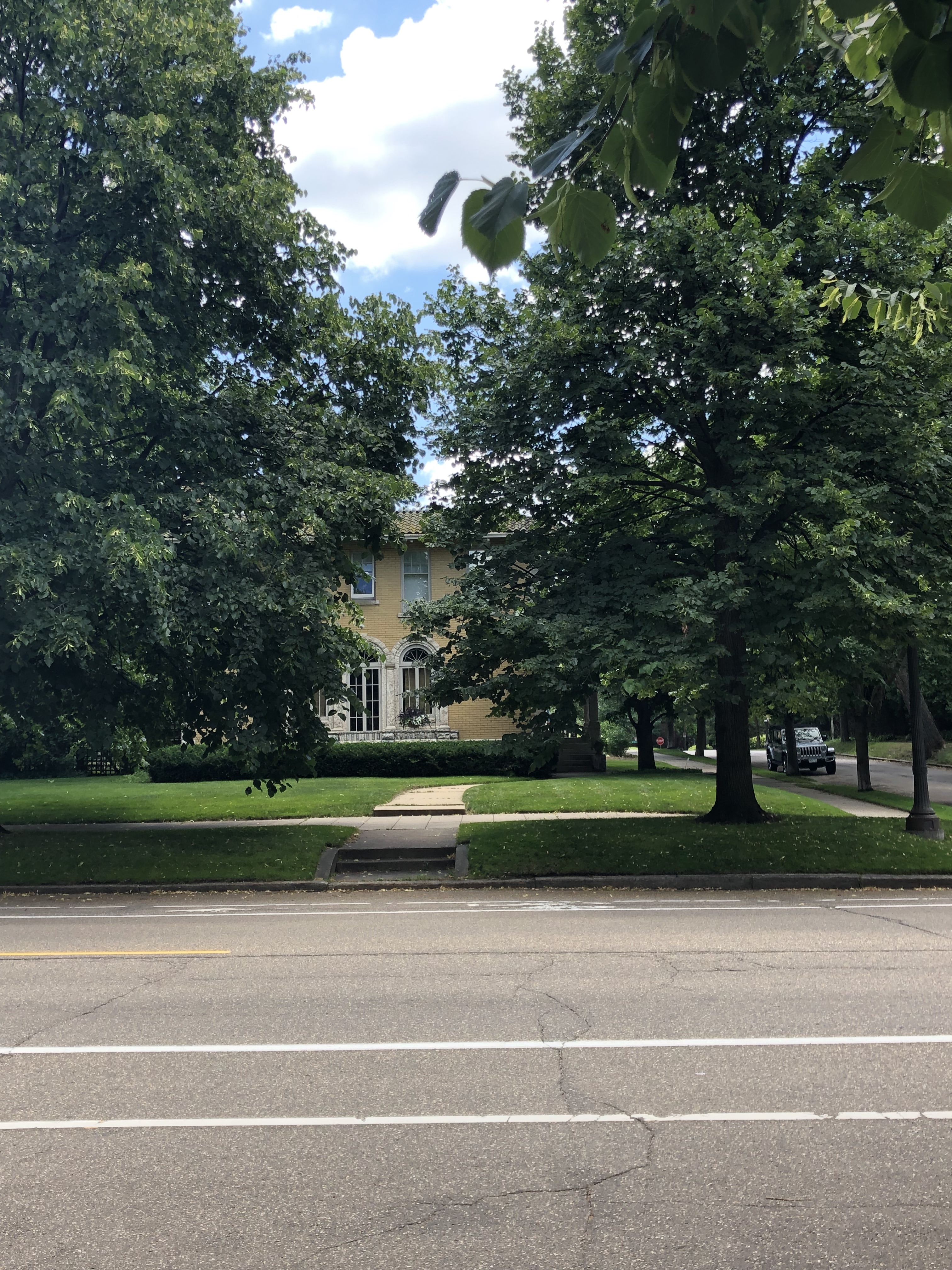
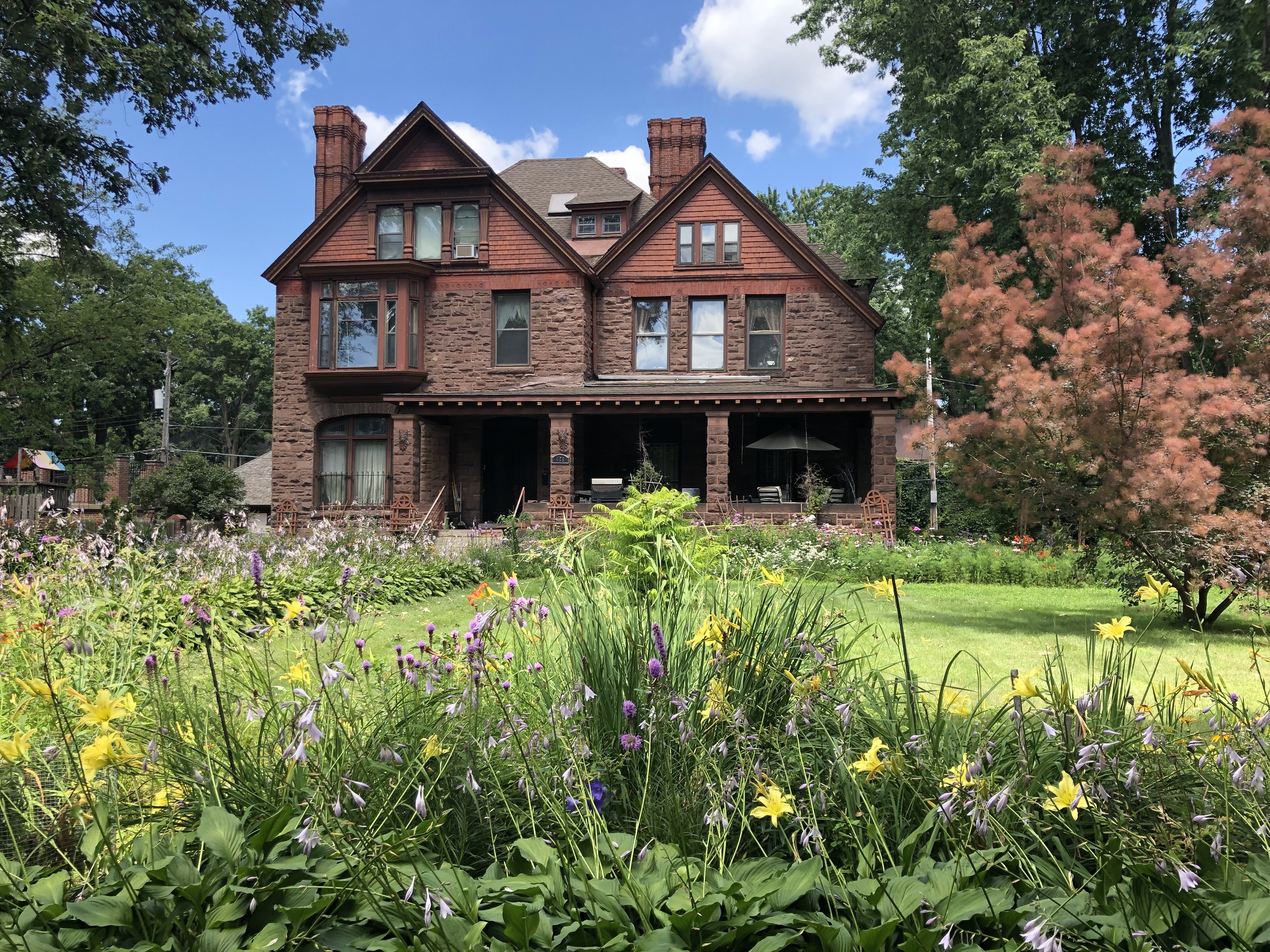
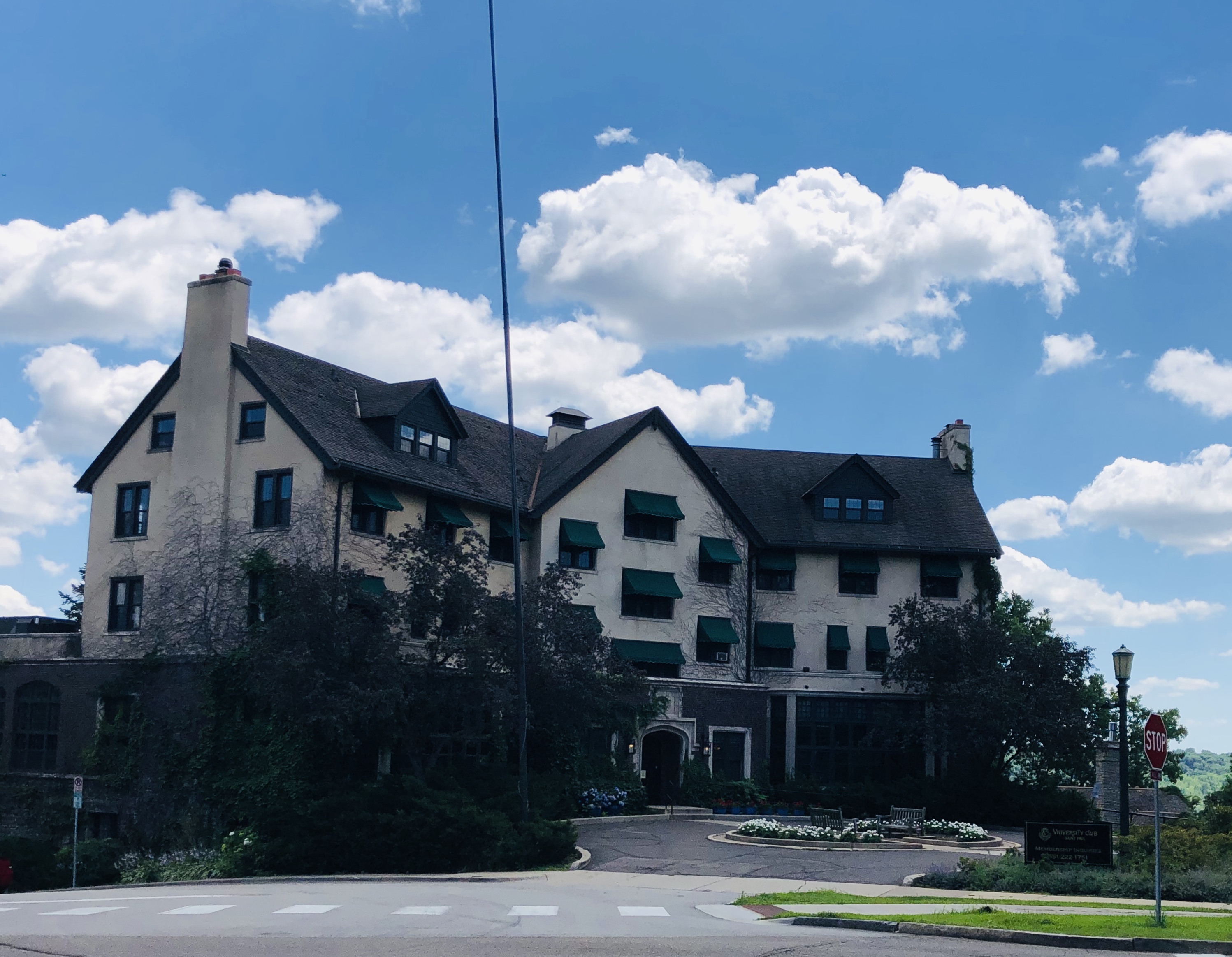
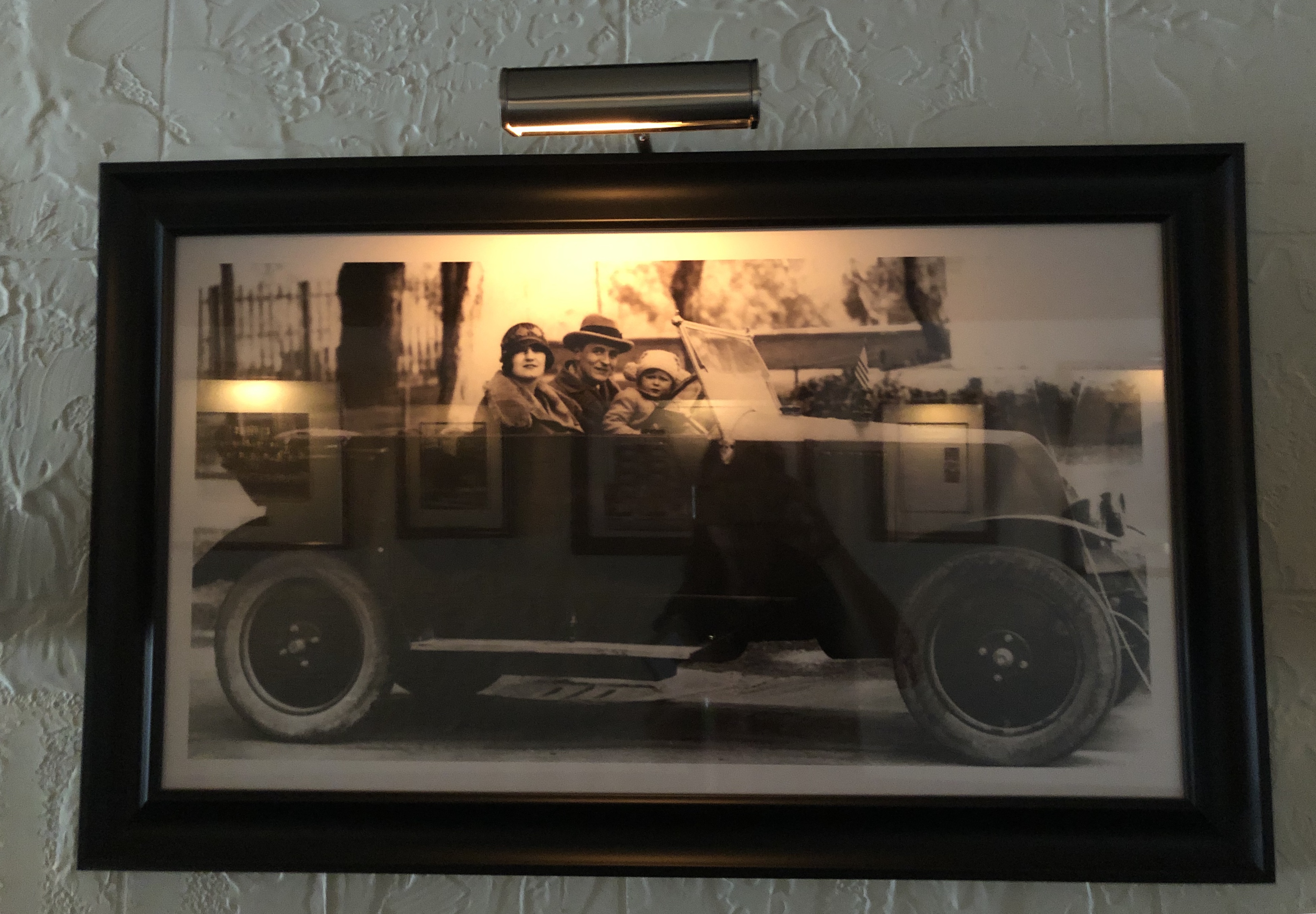
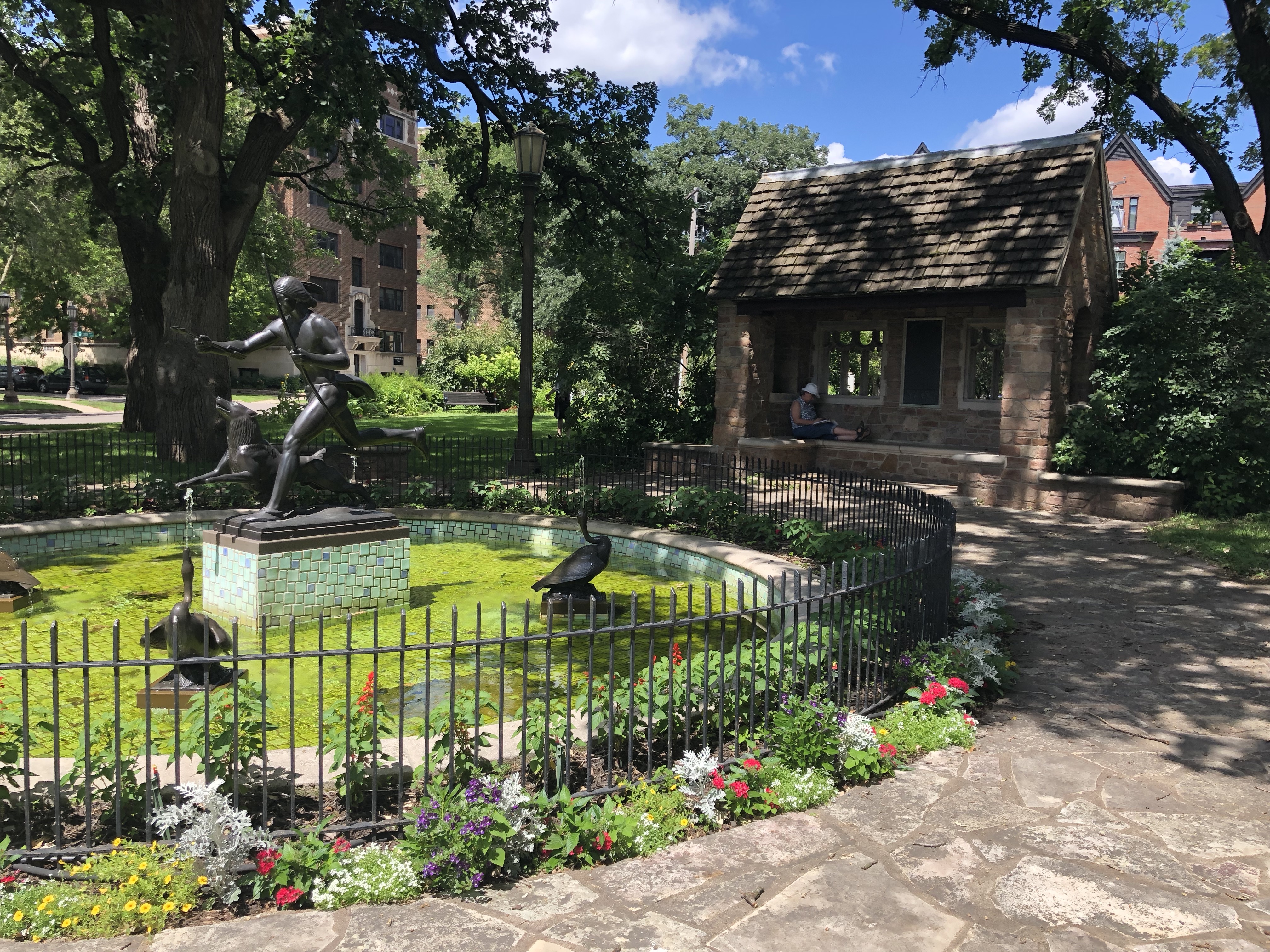
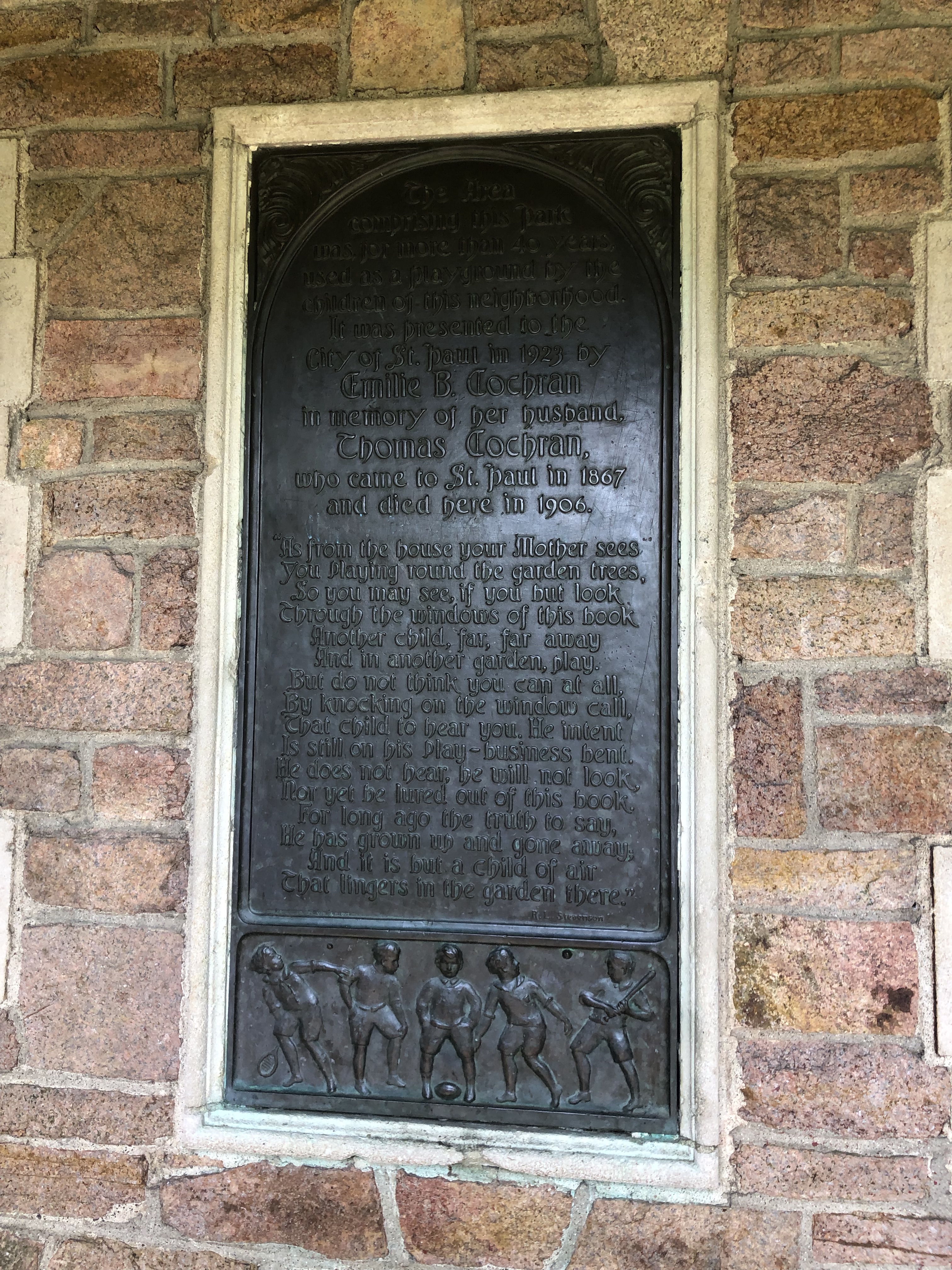
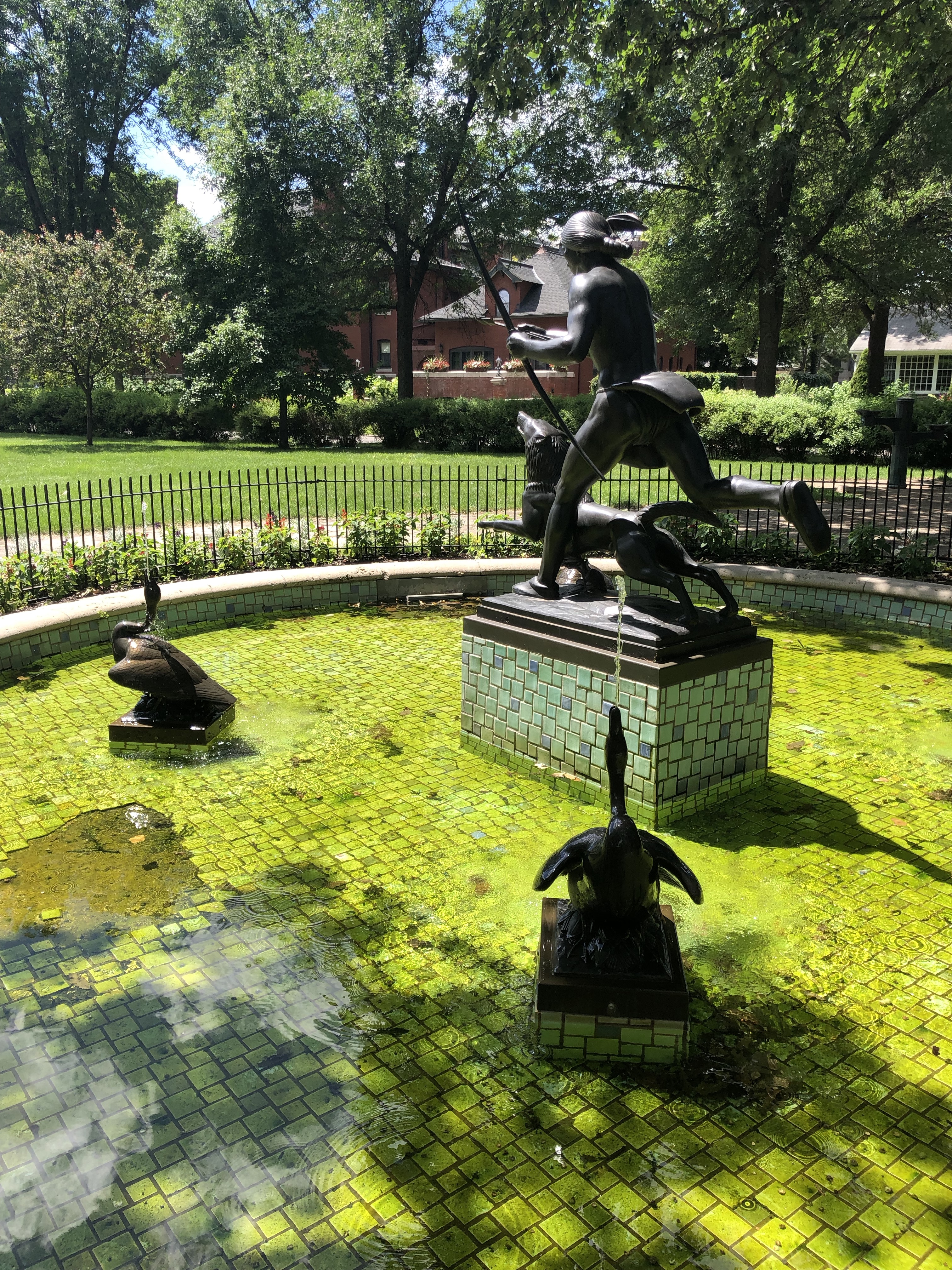
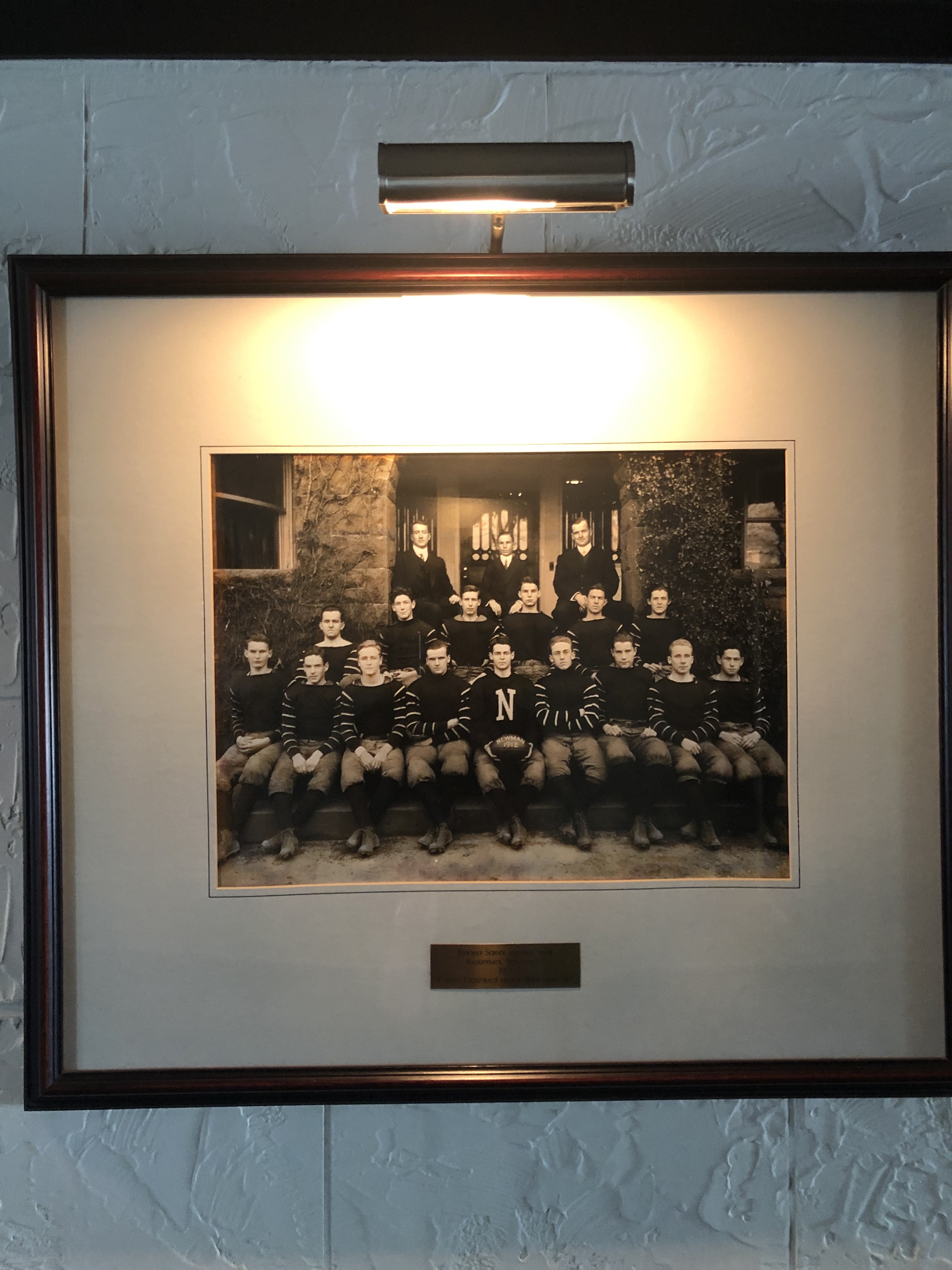
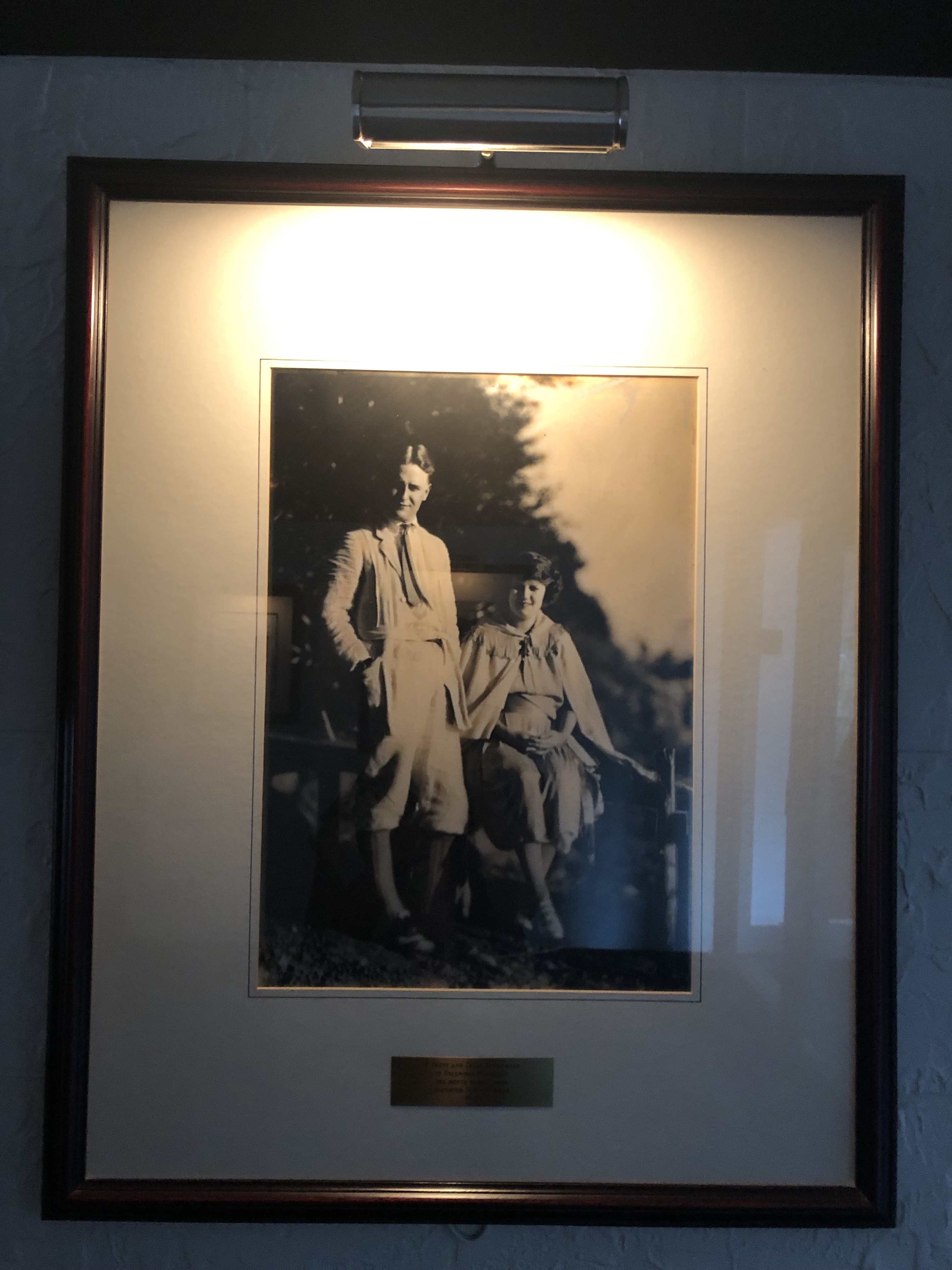
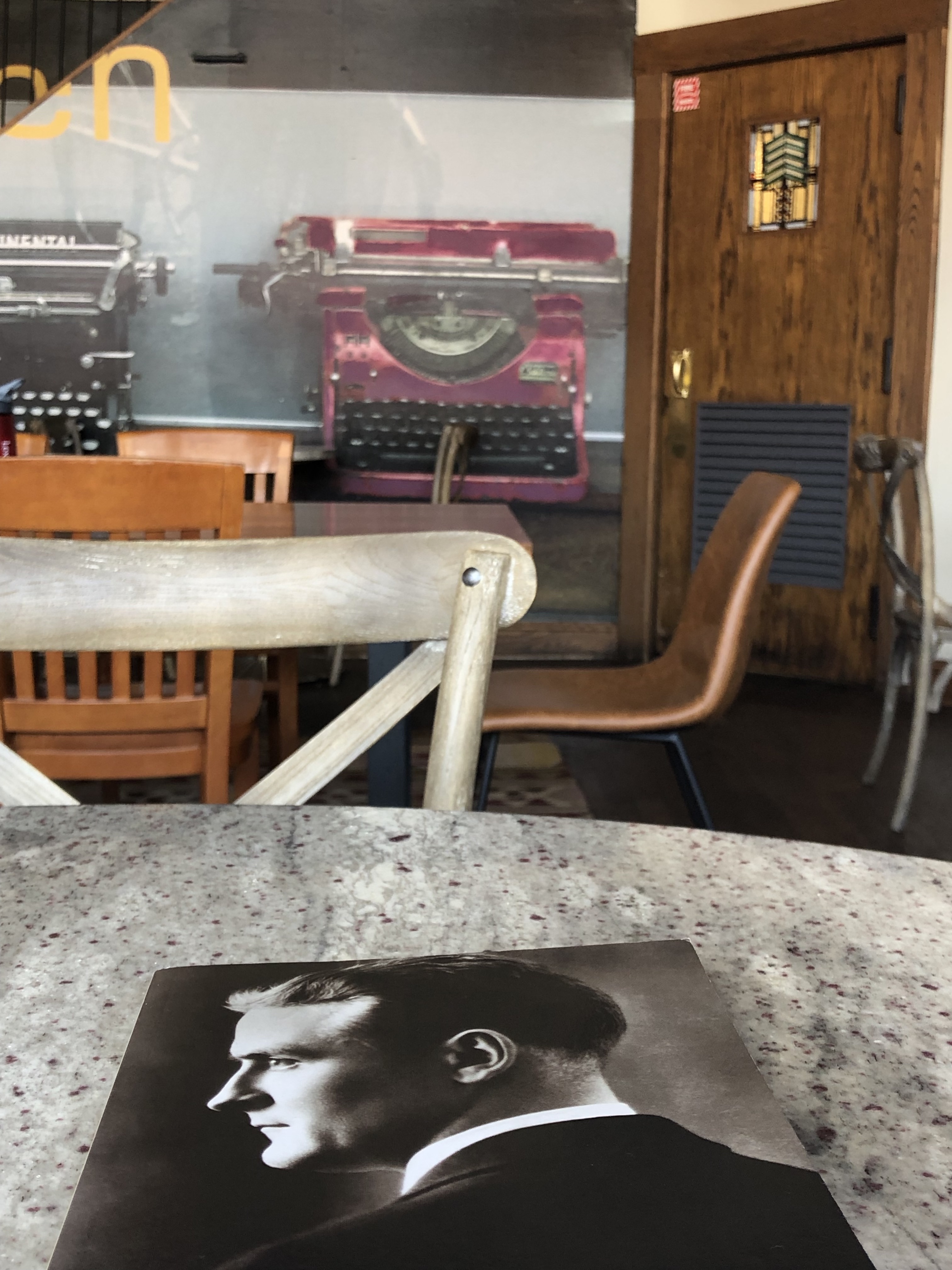

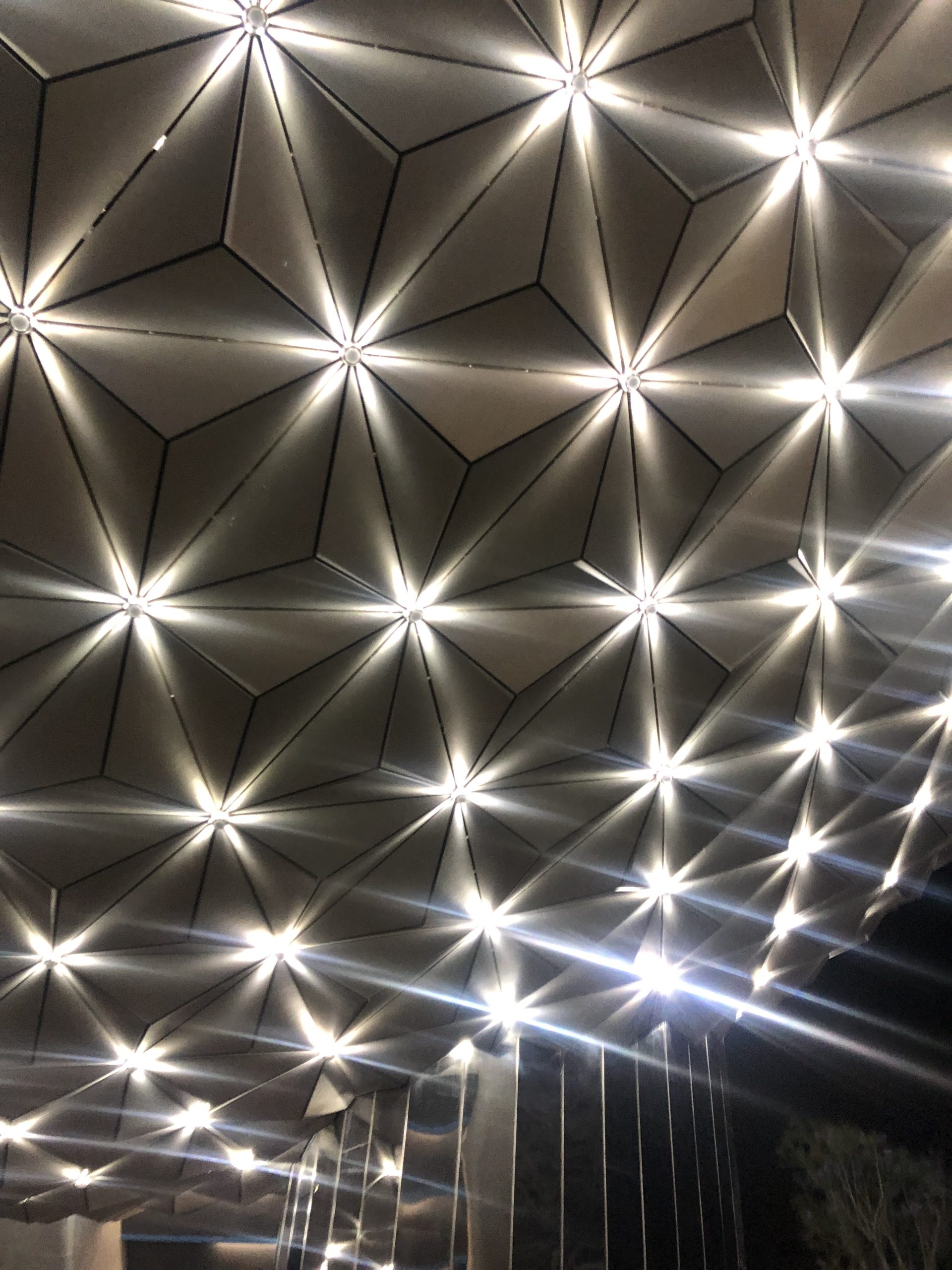

Comments are closed.